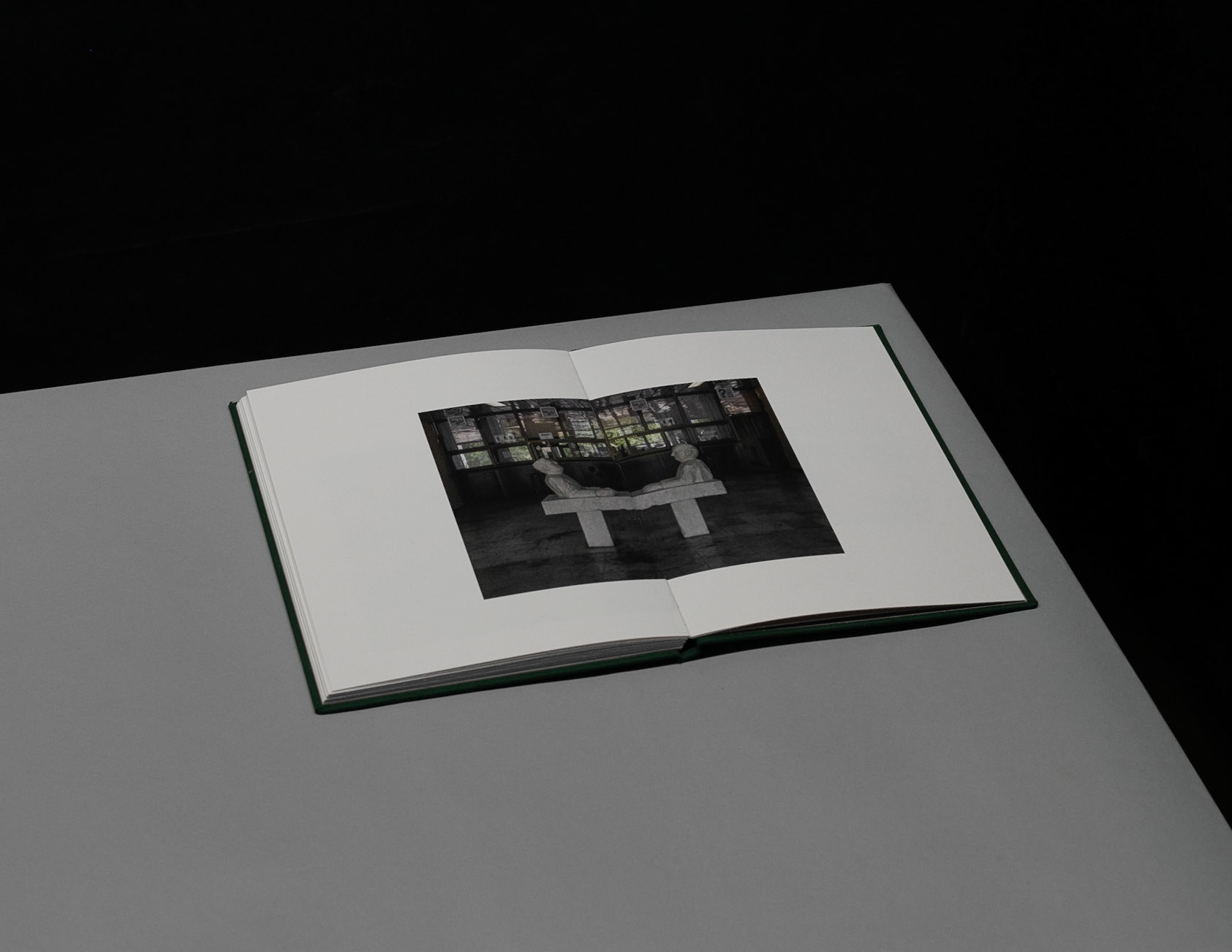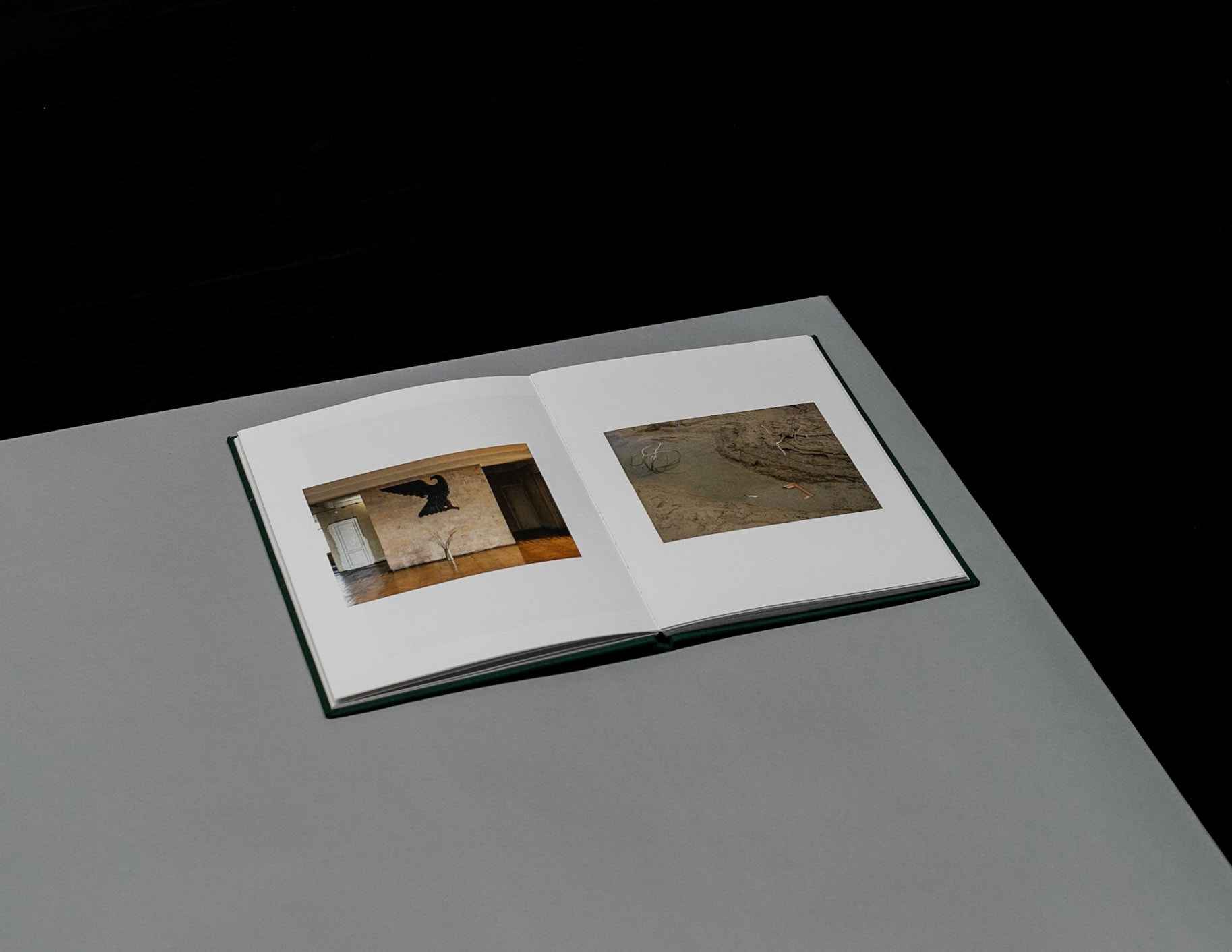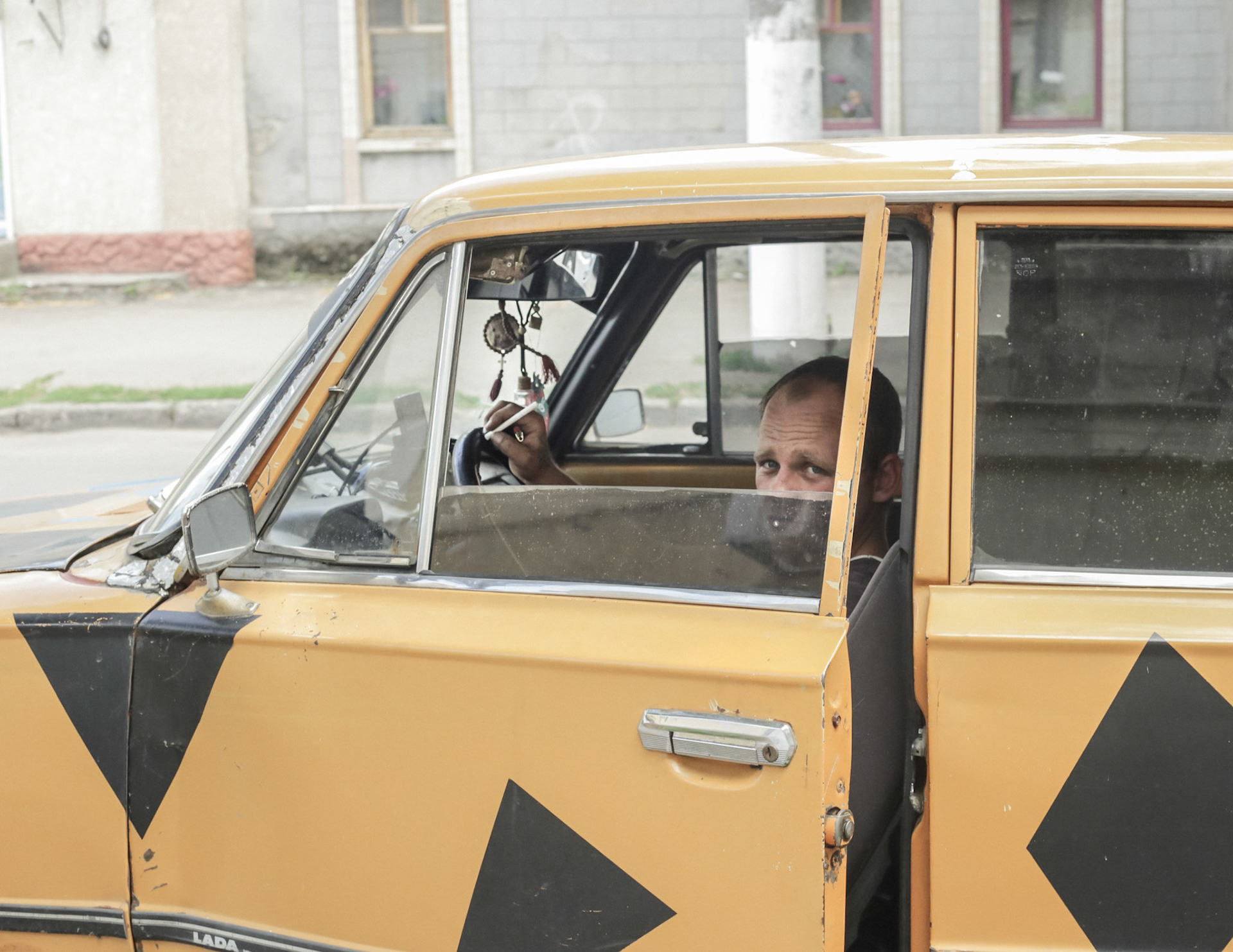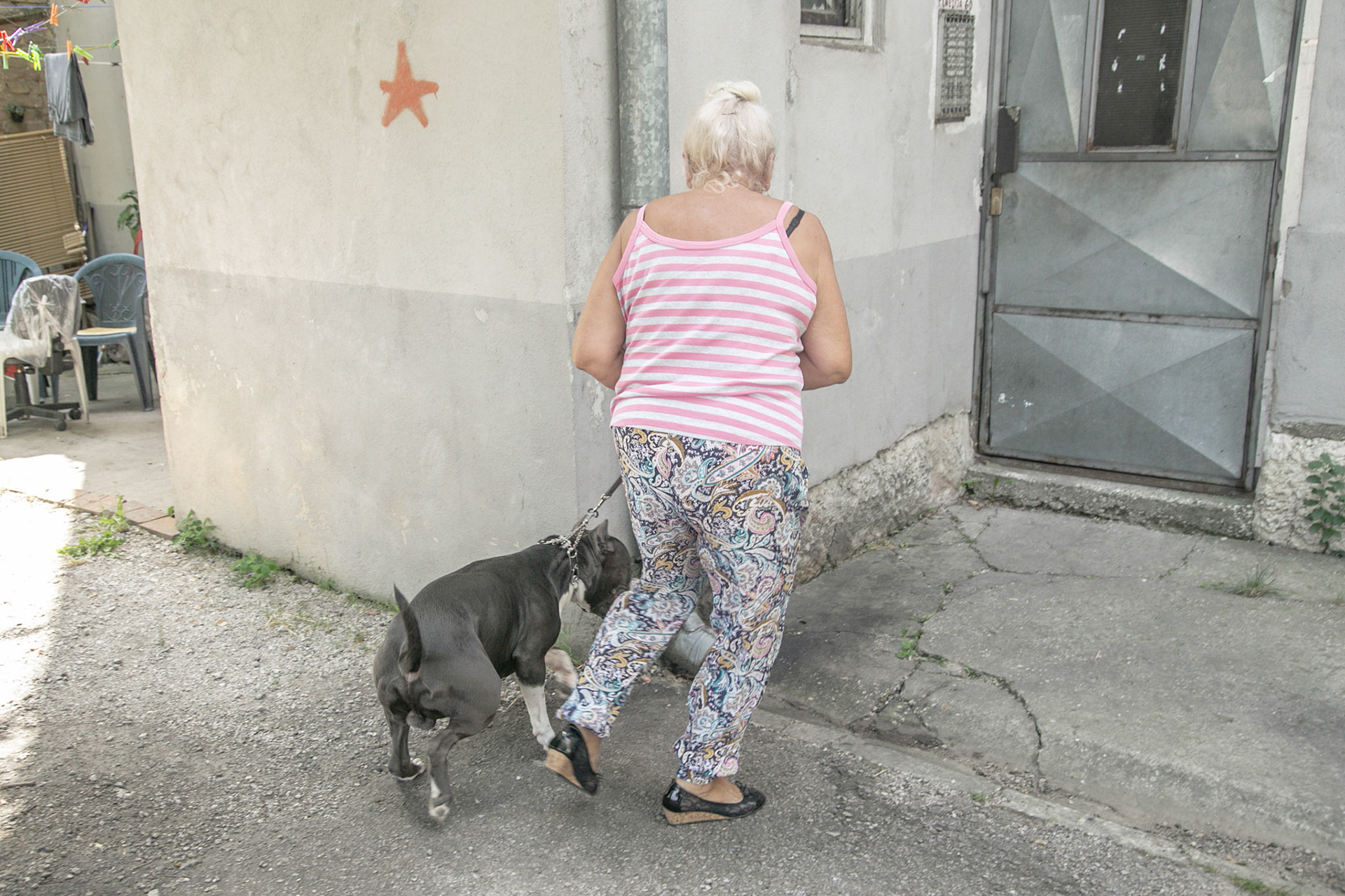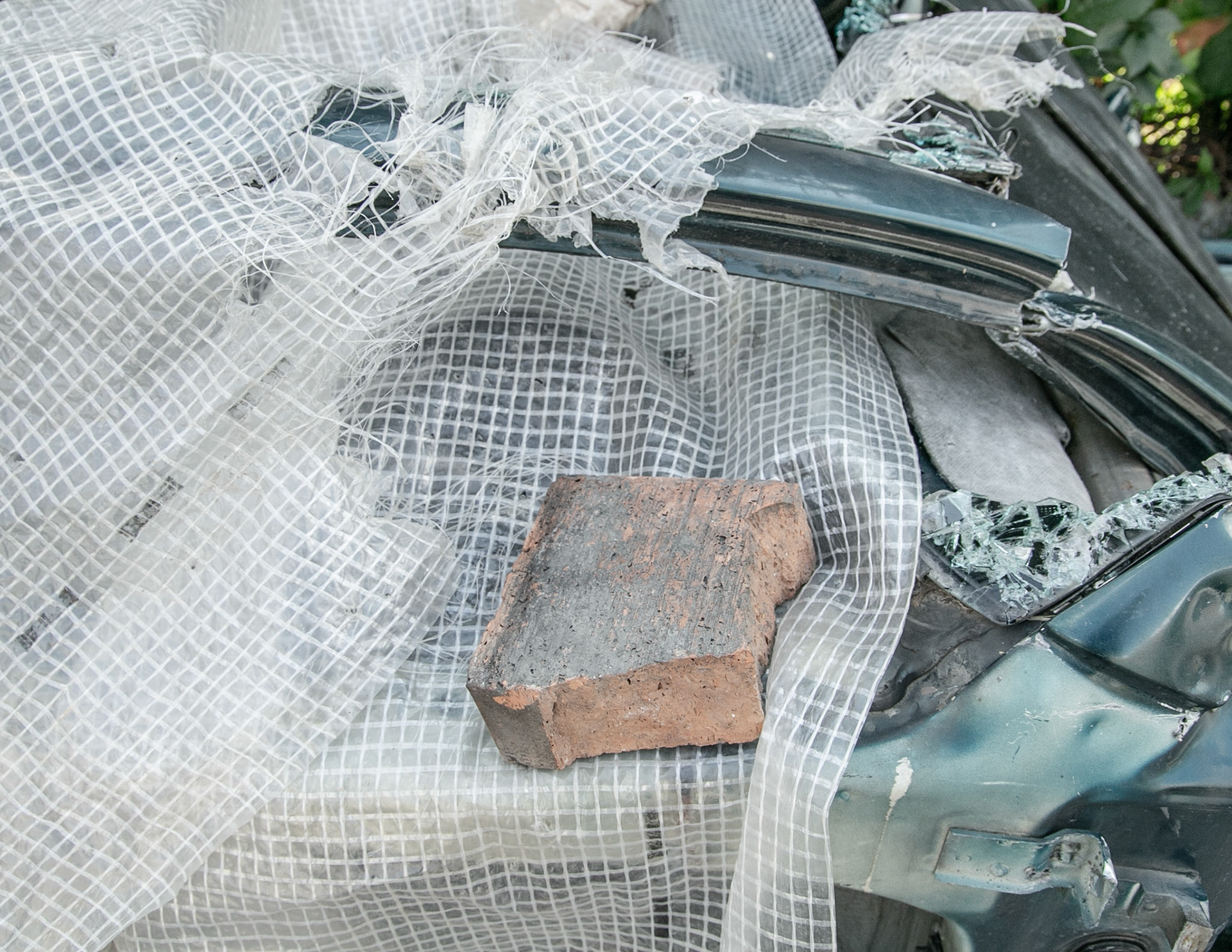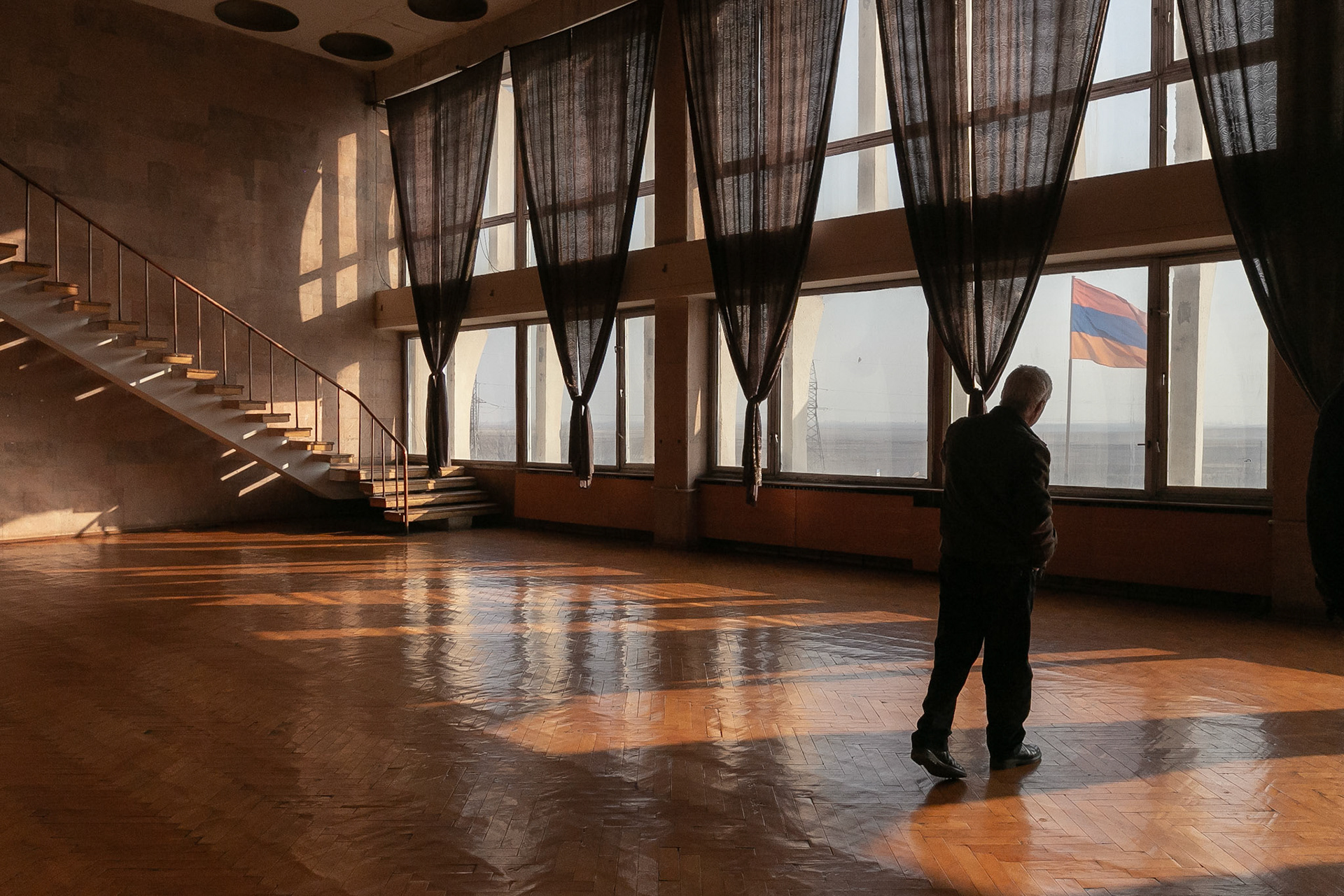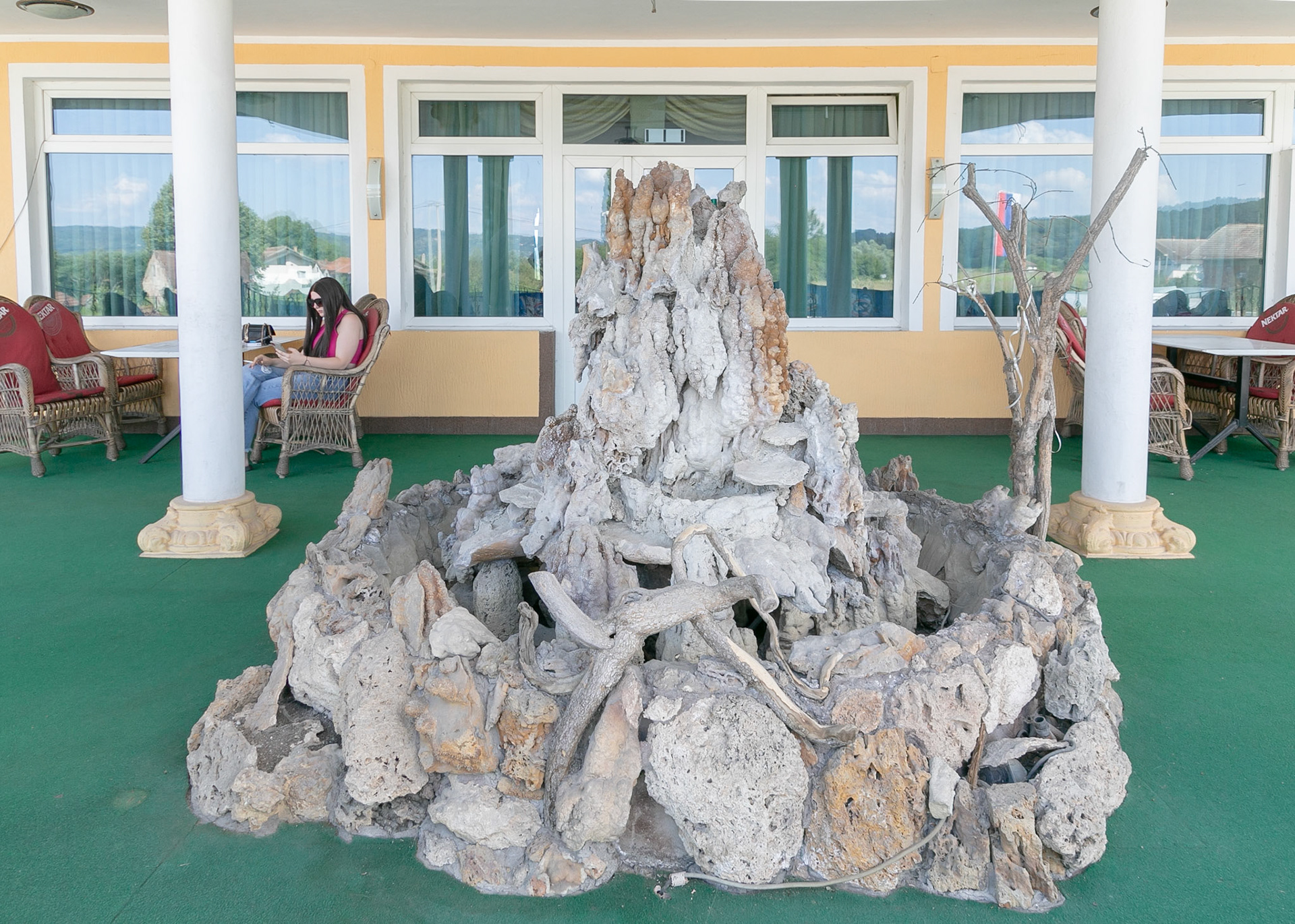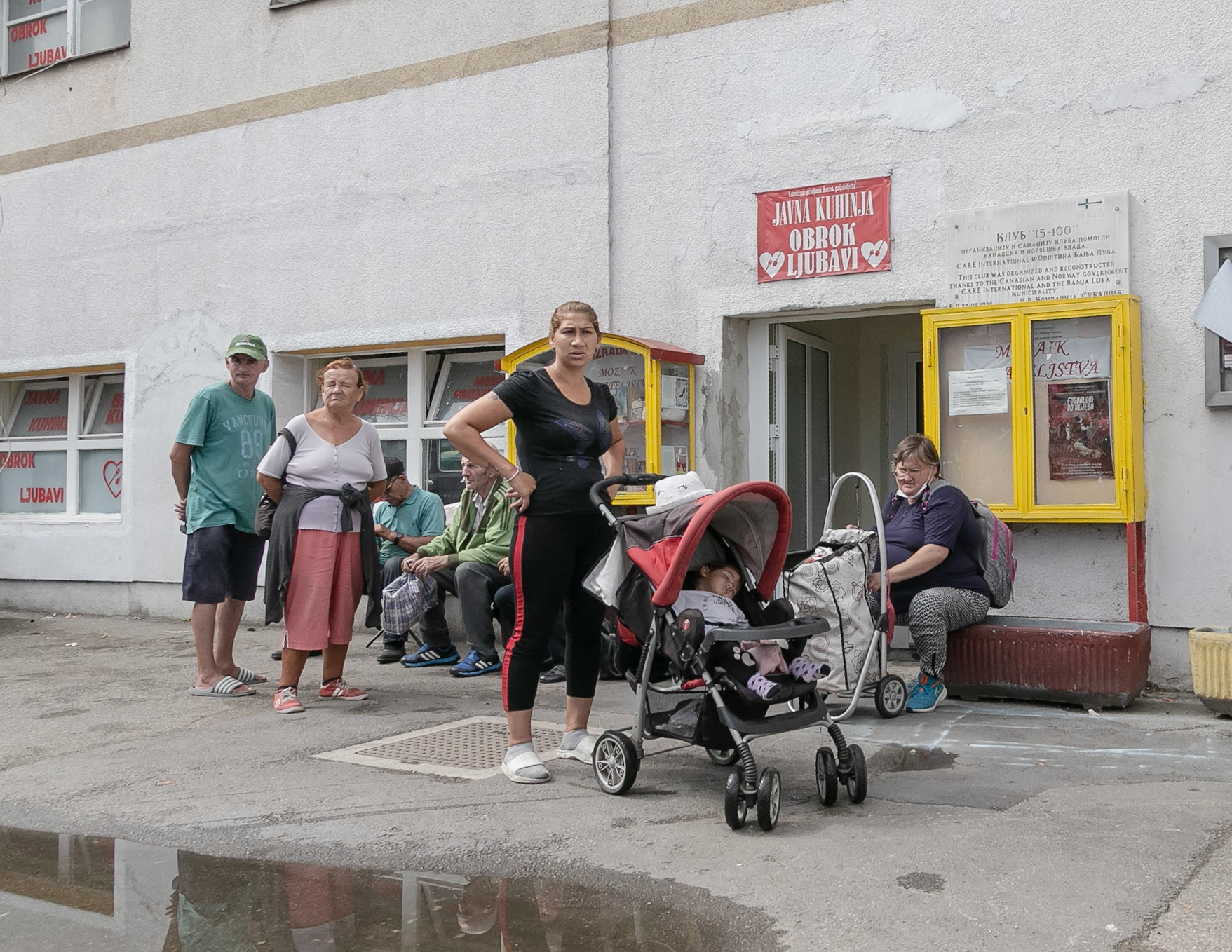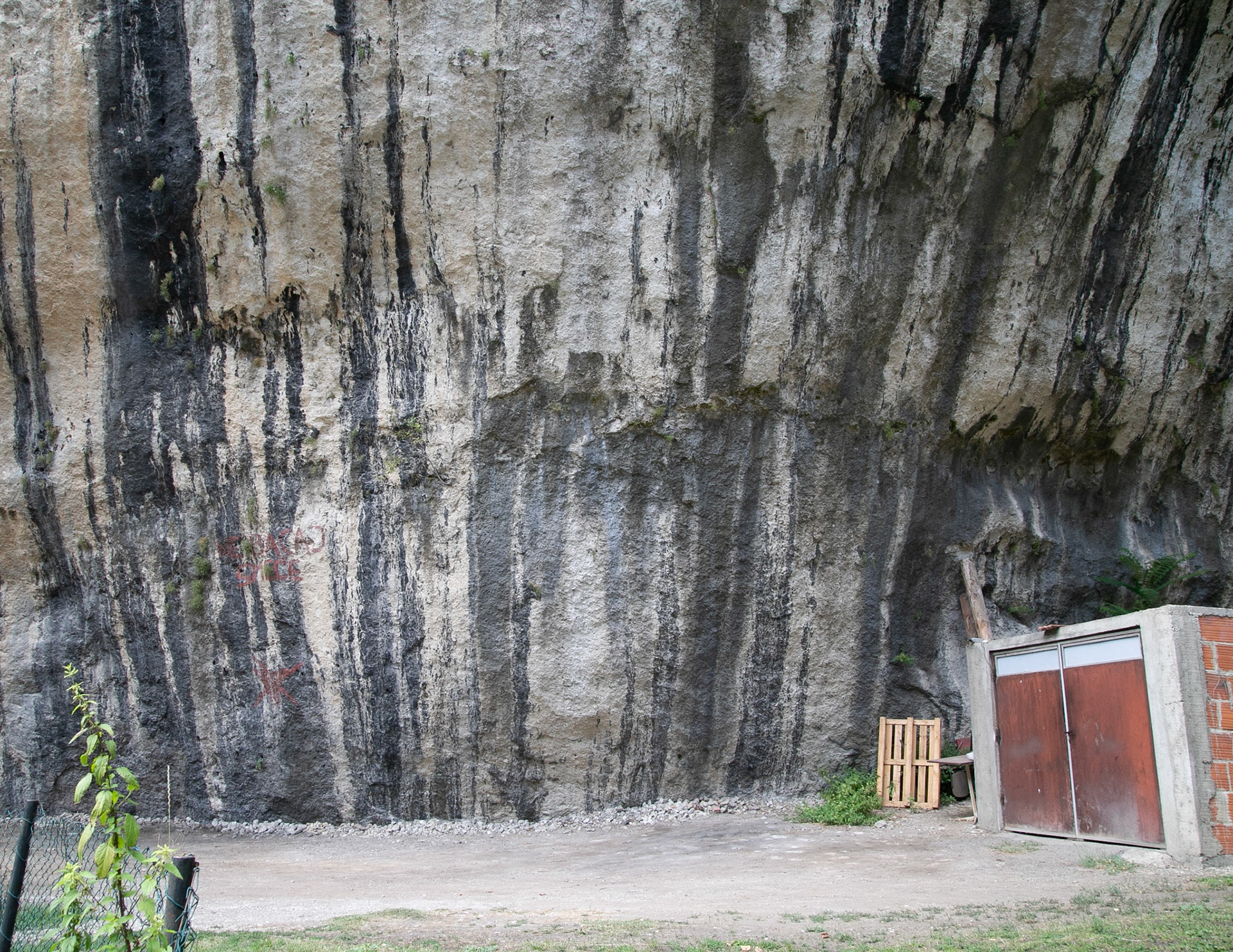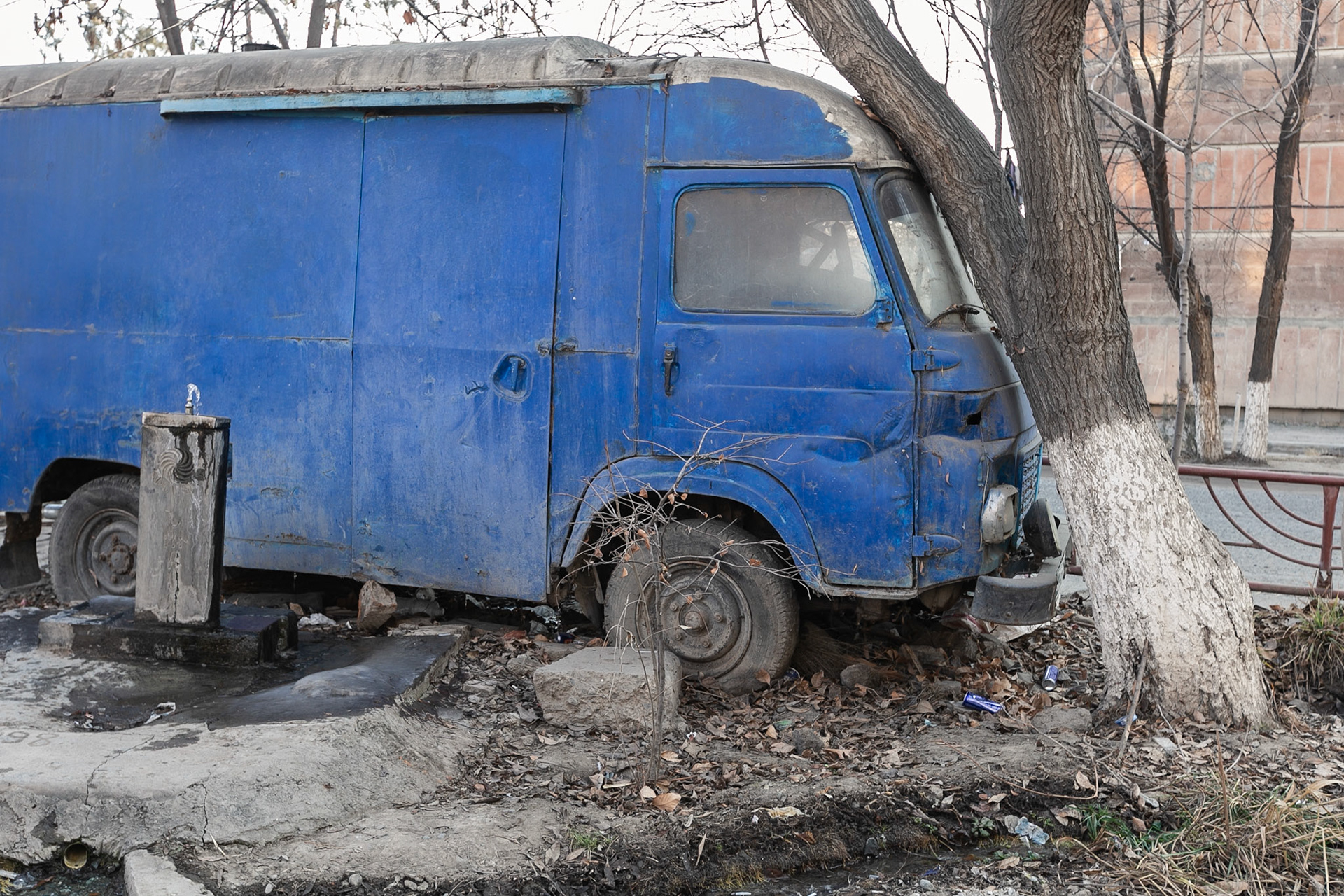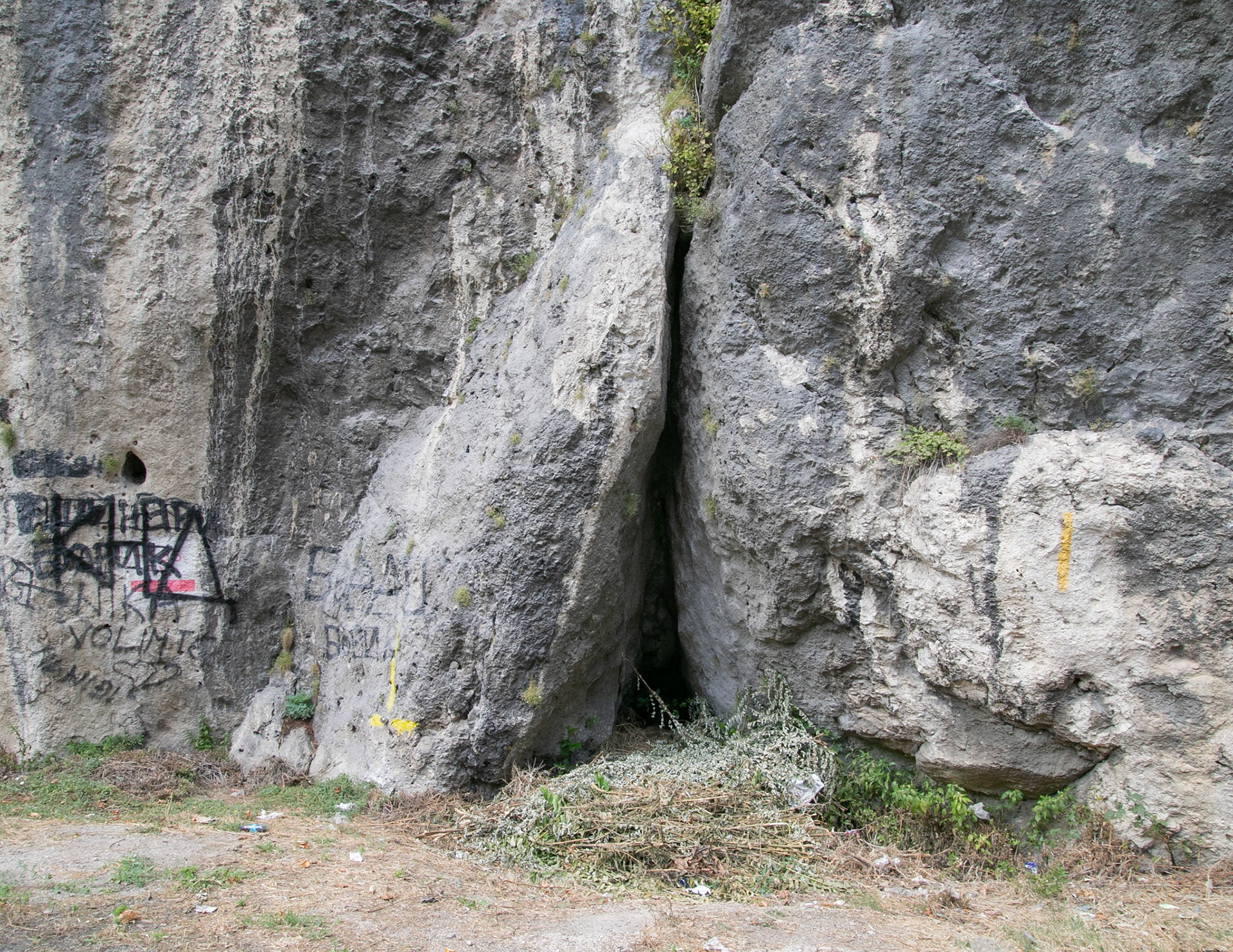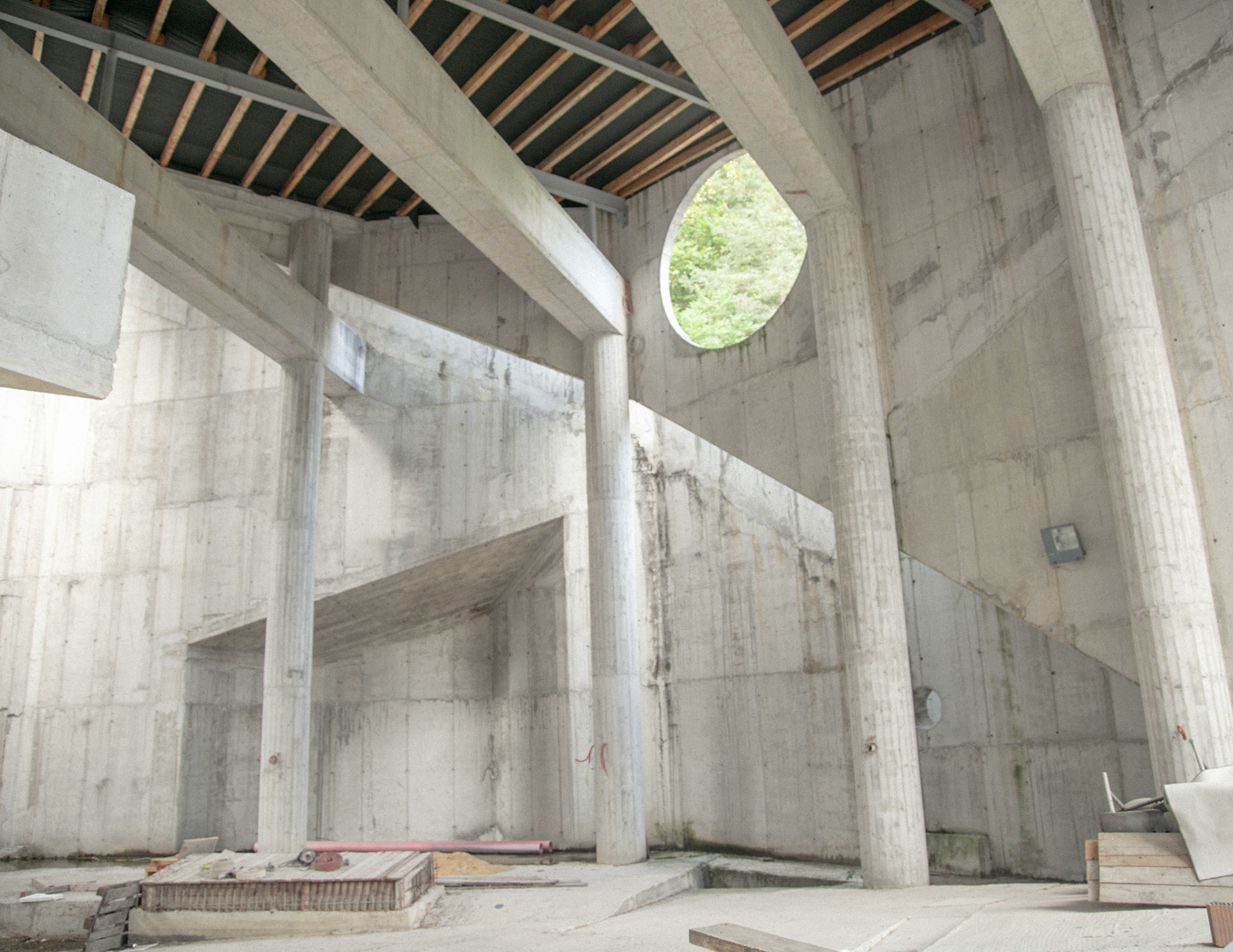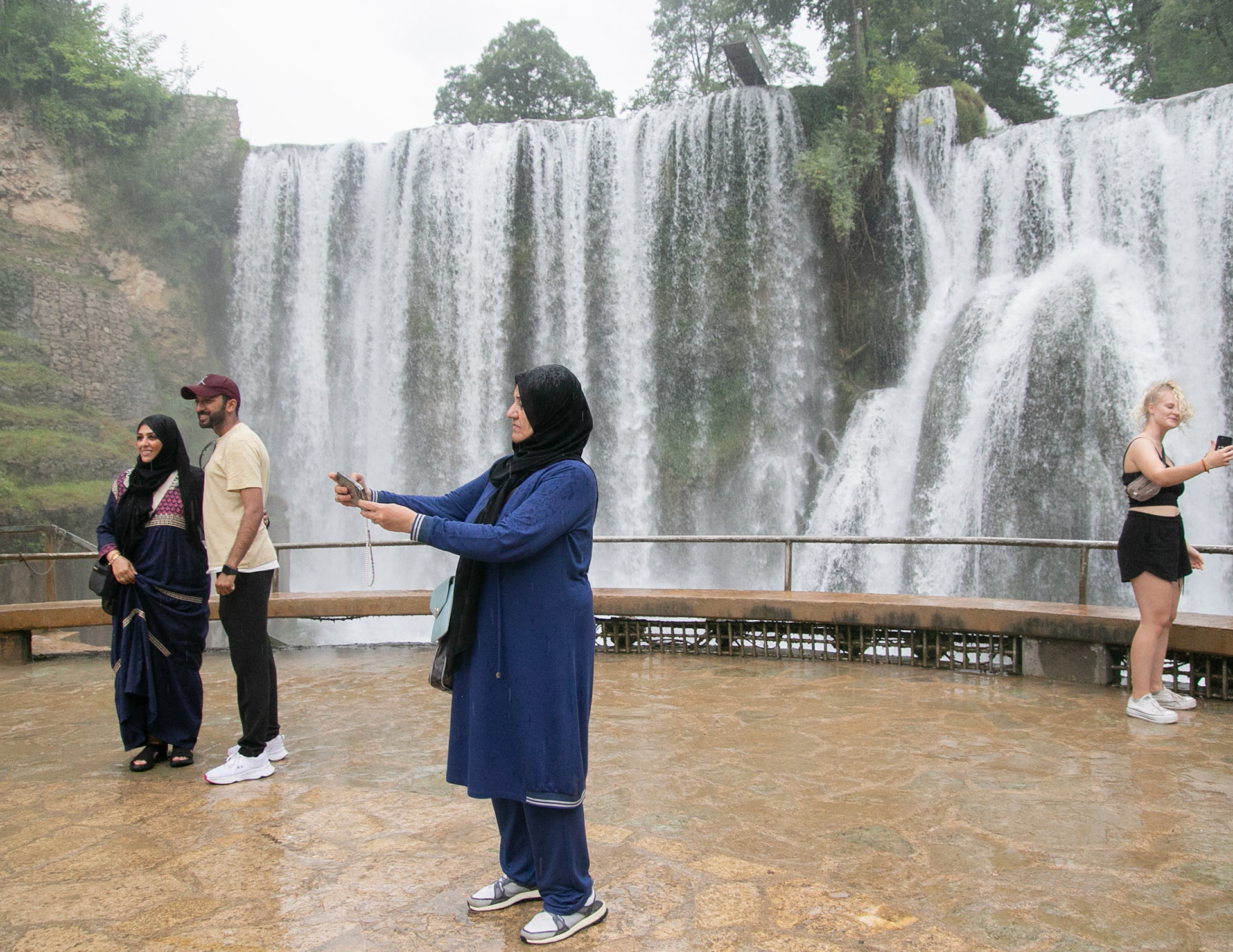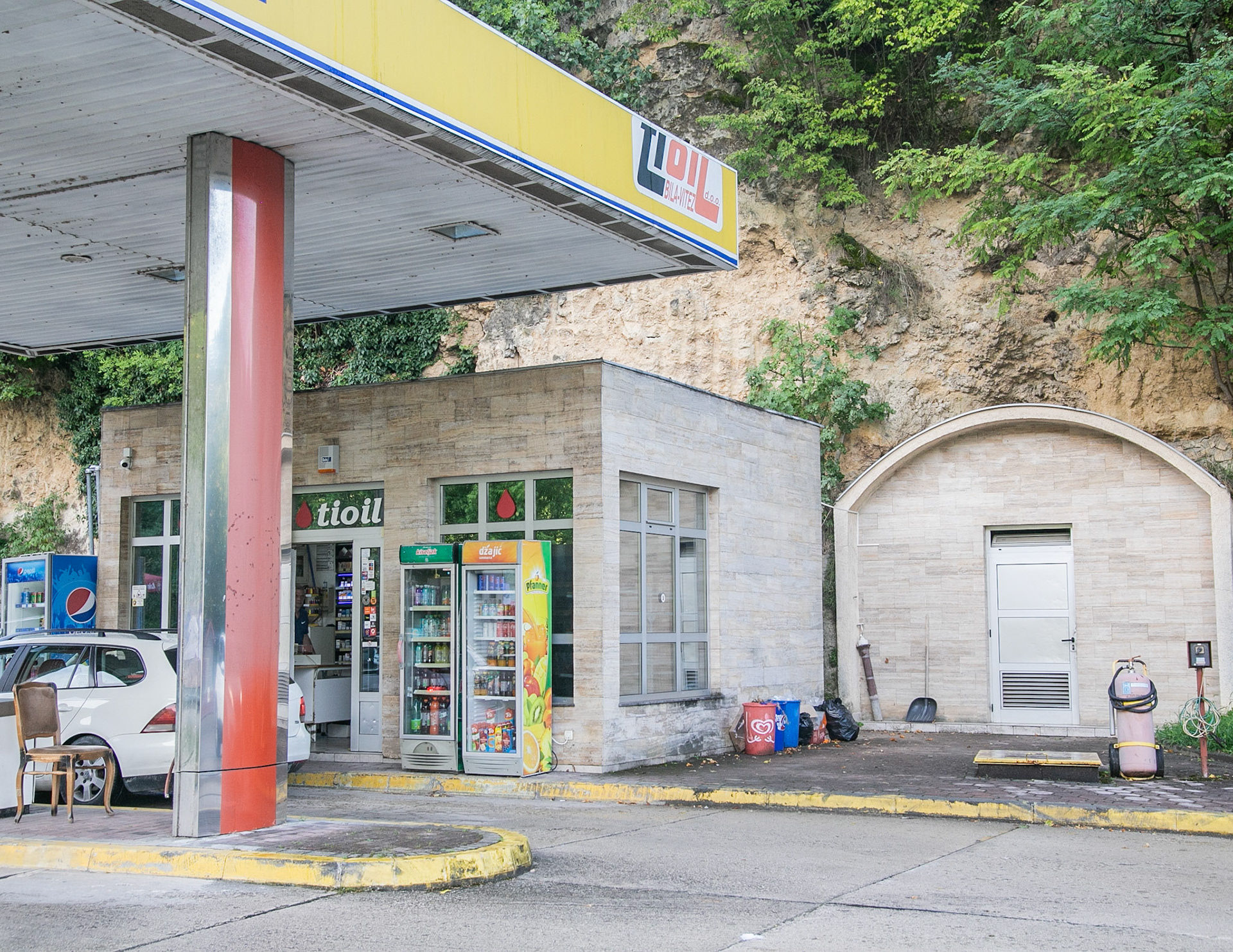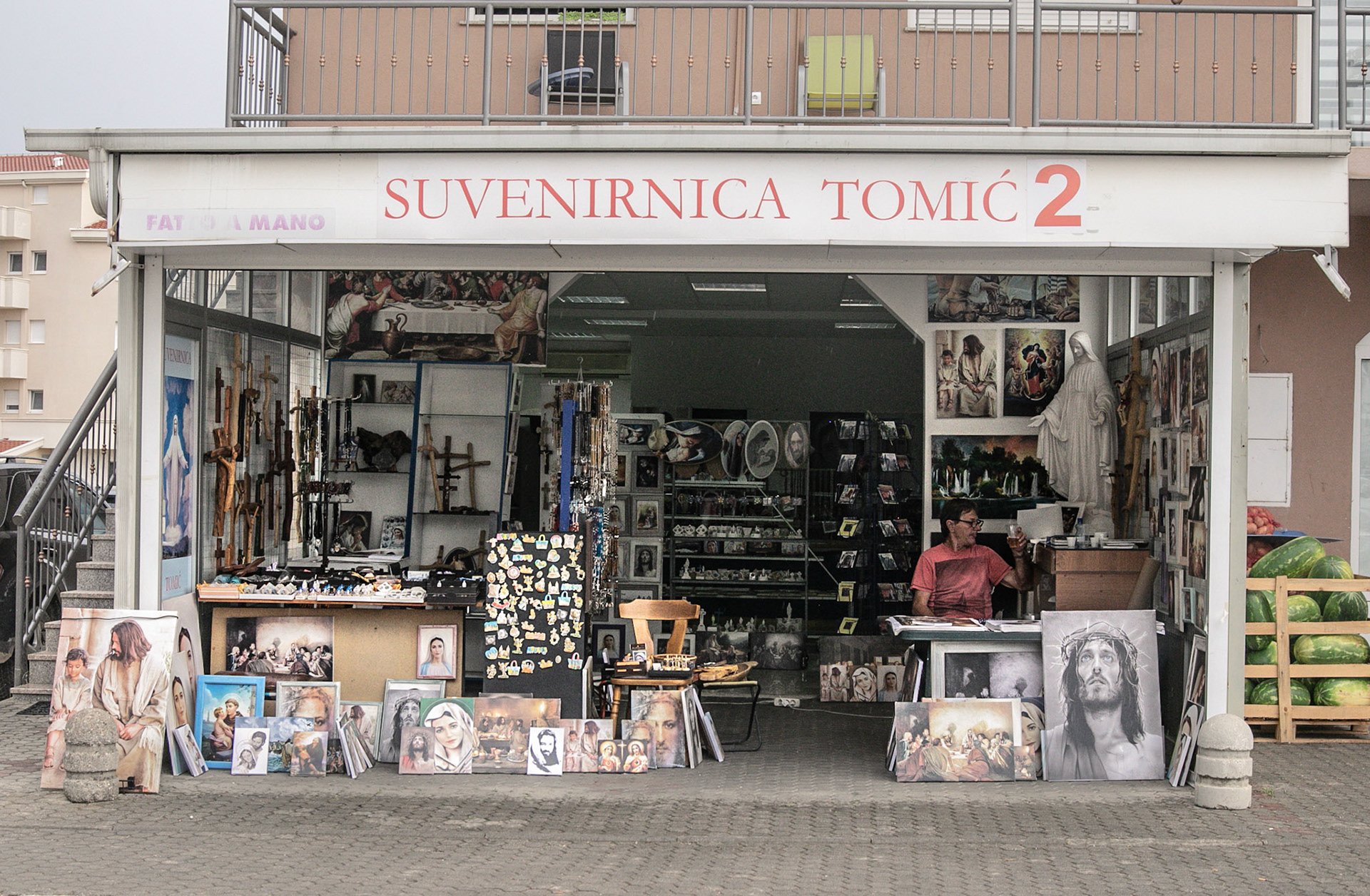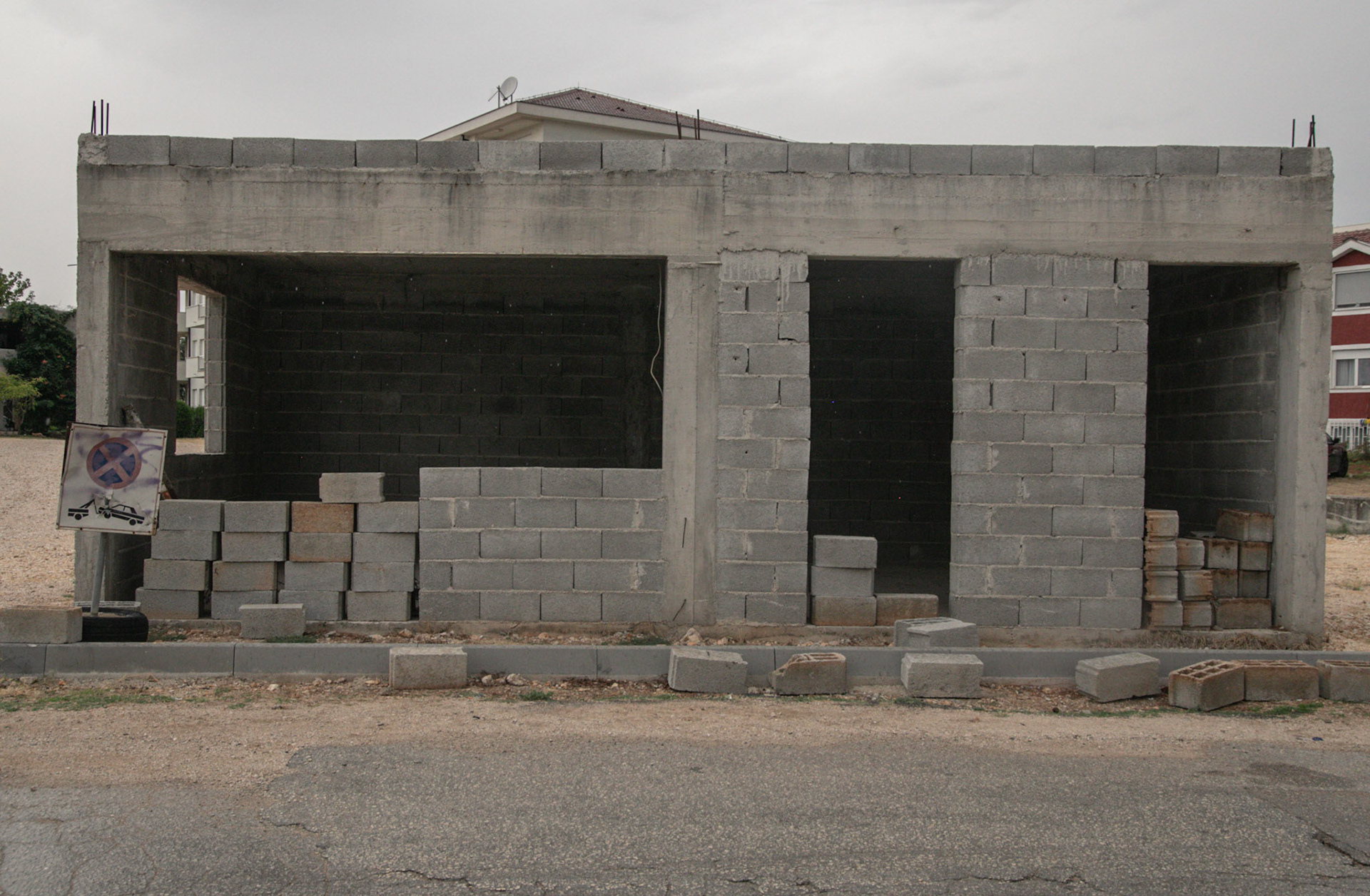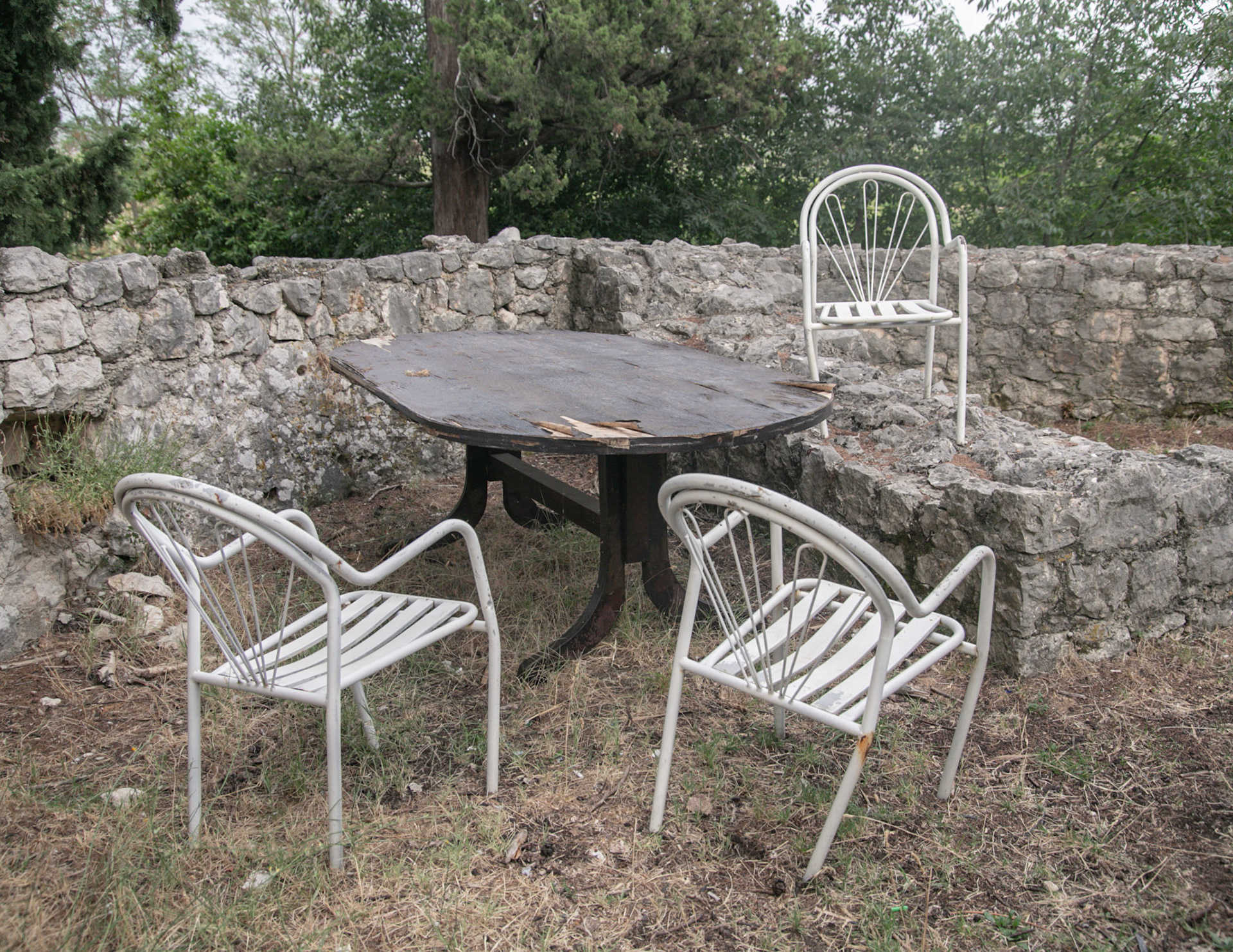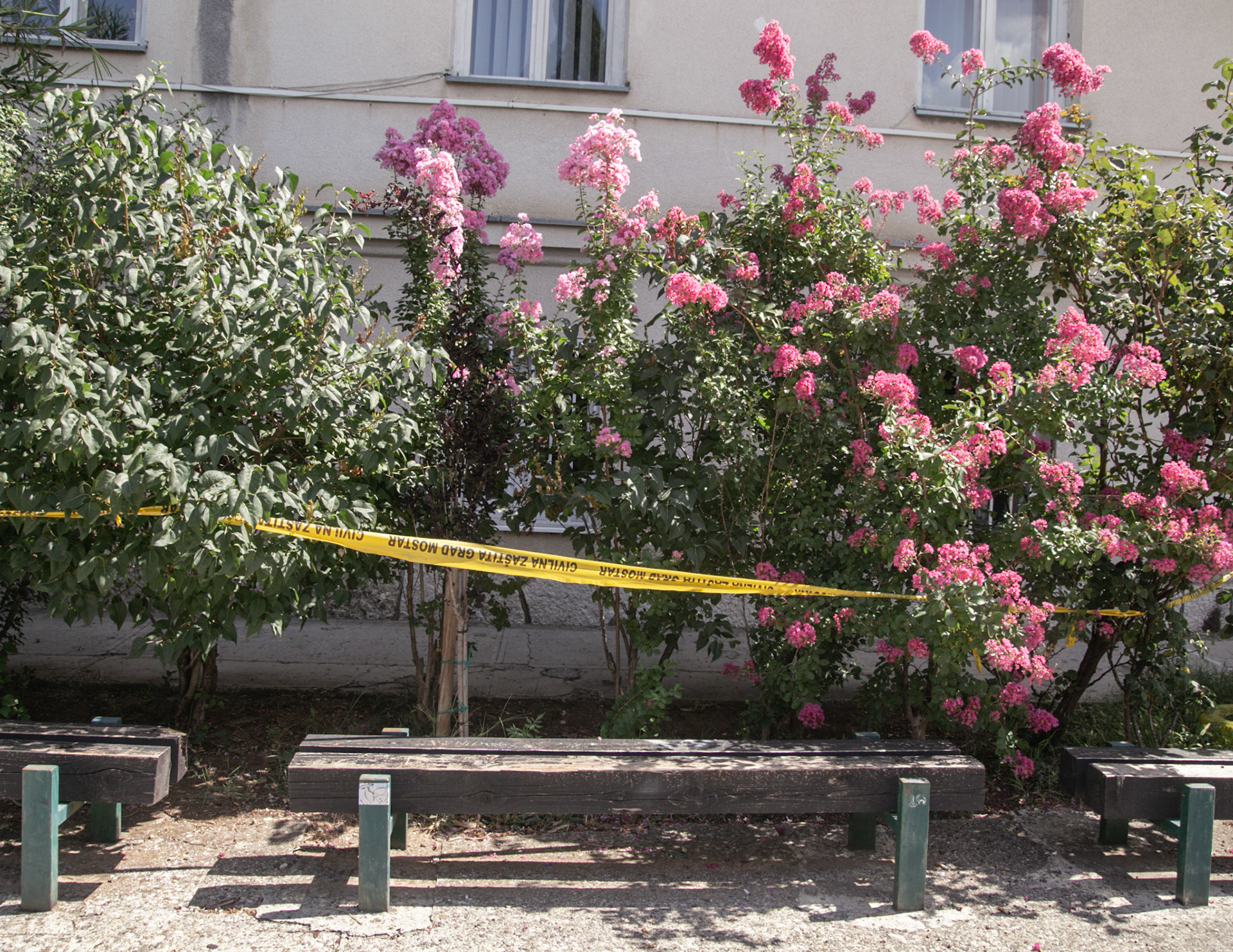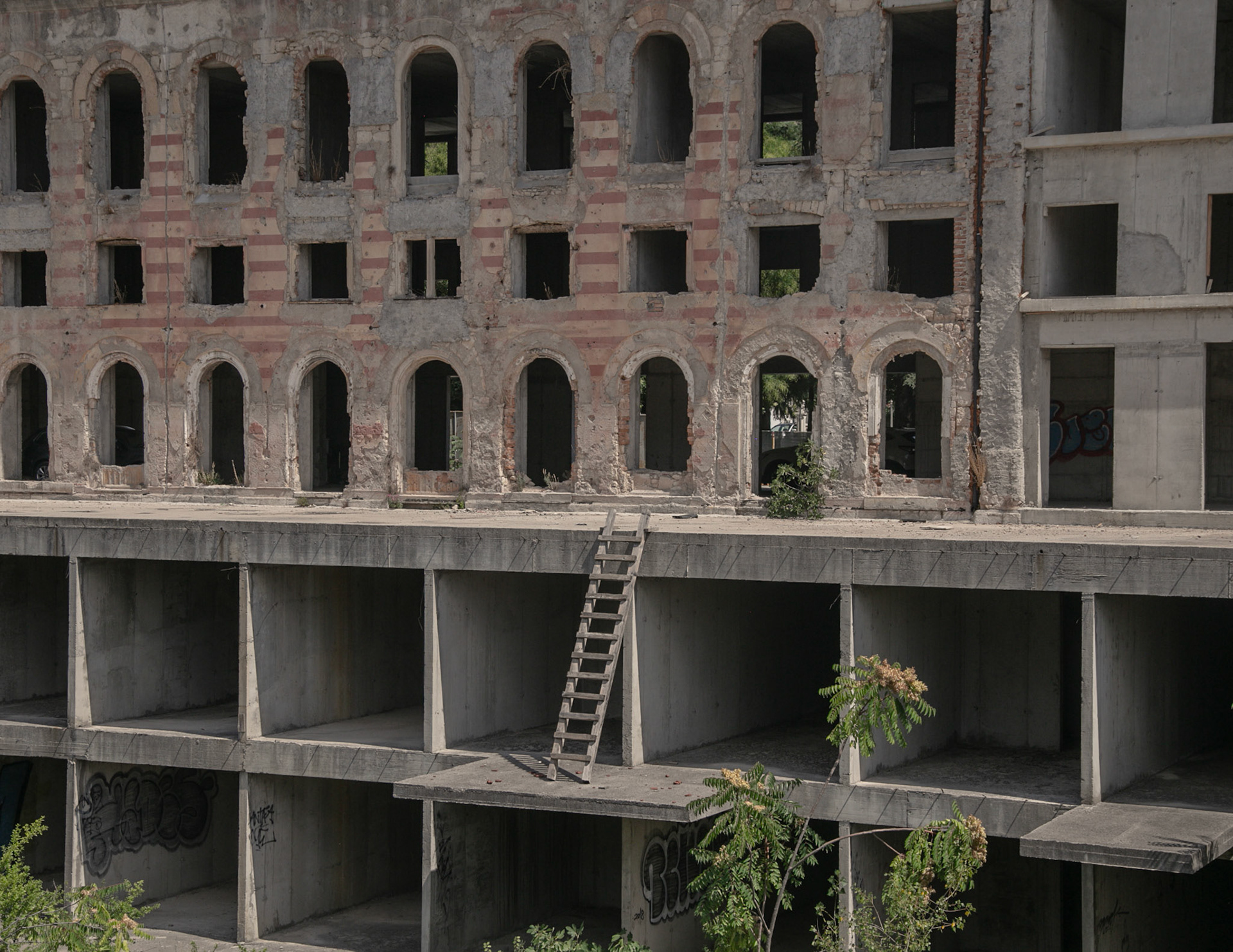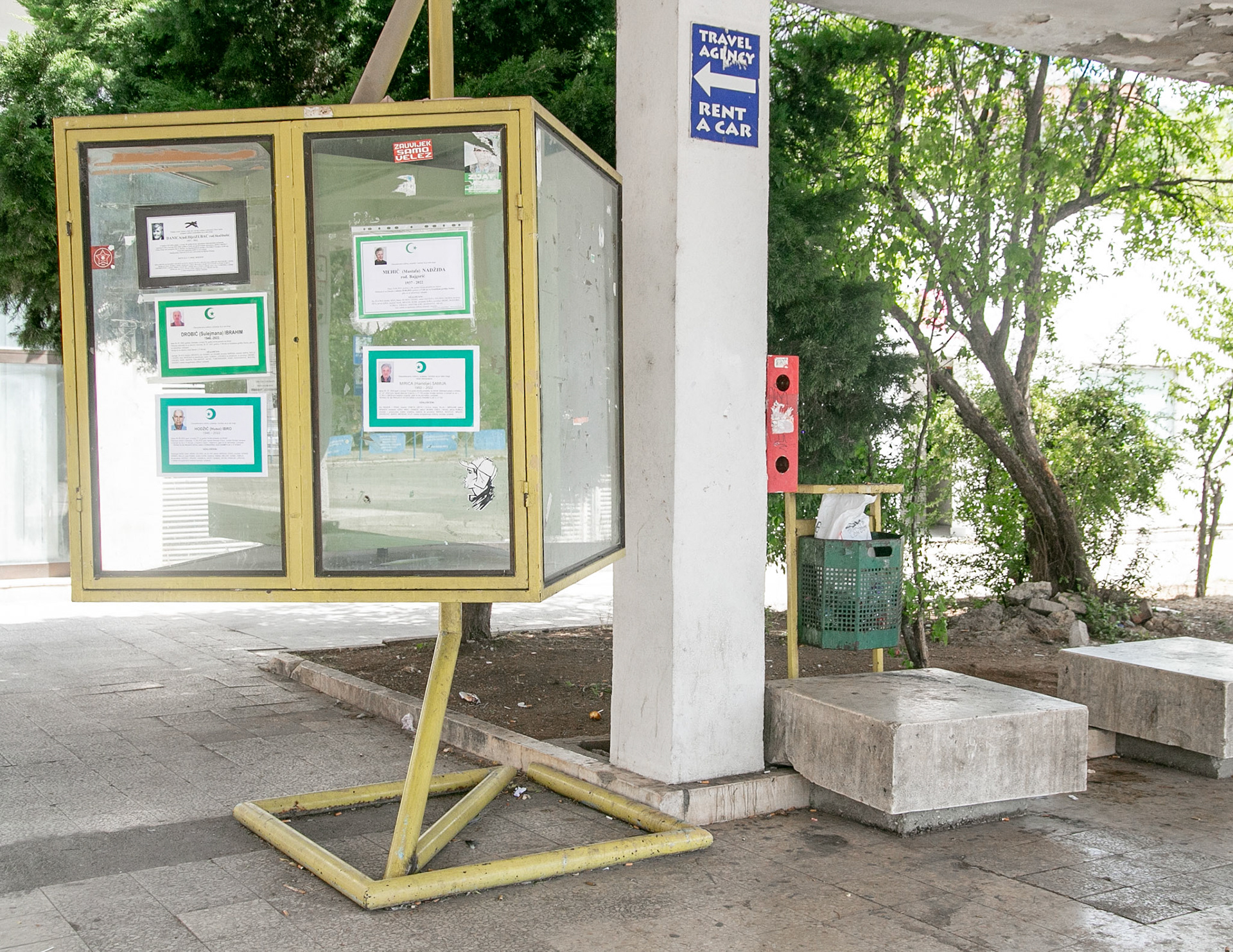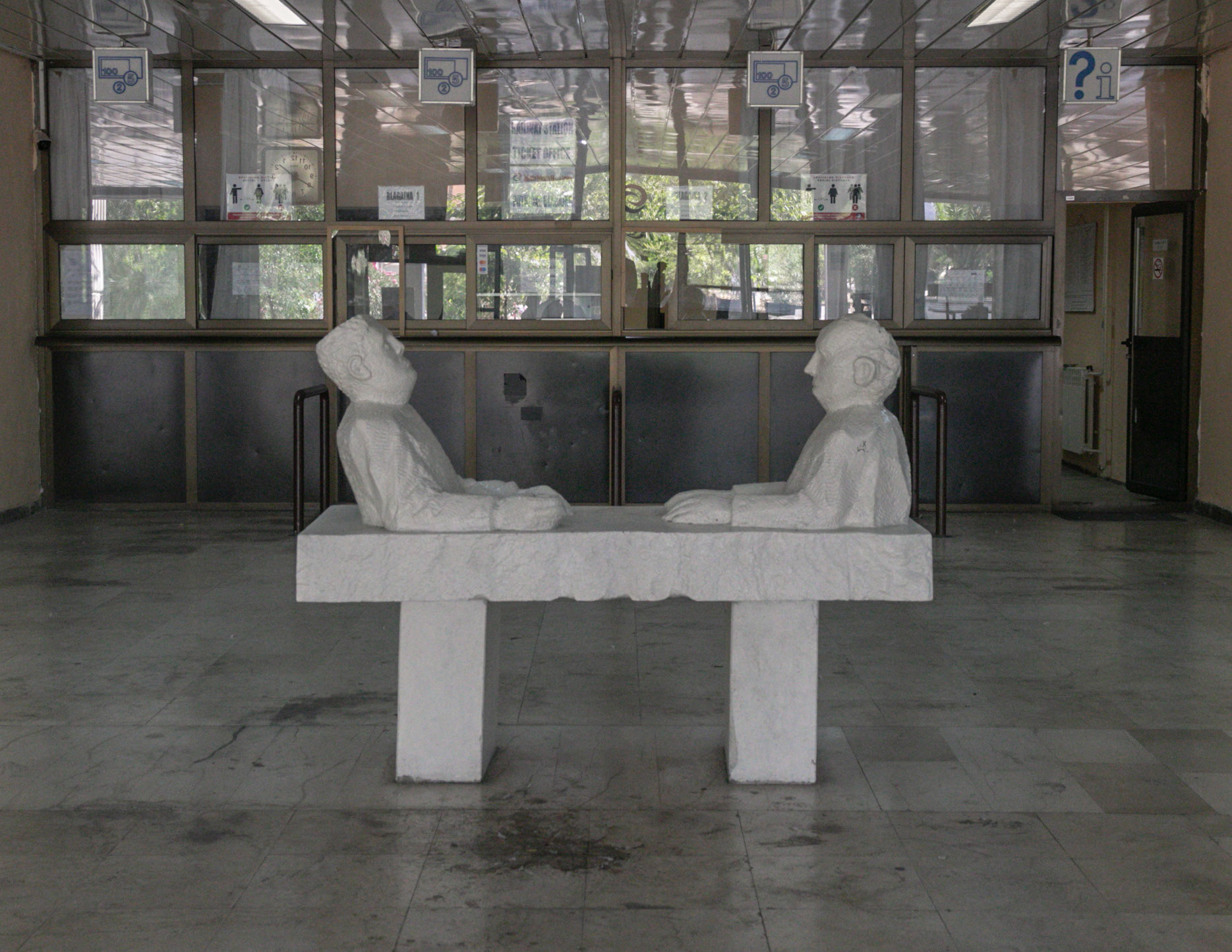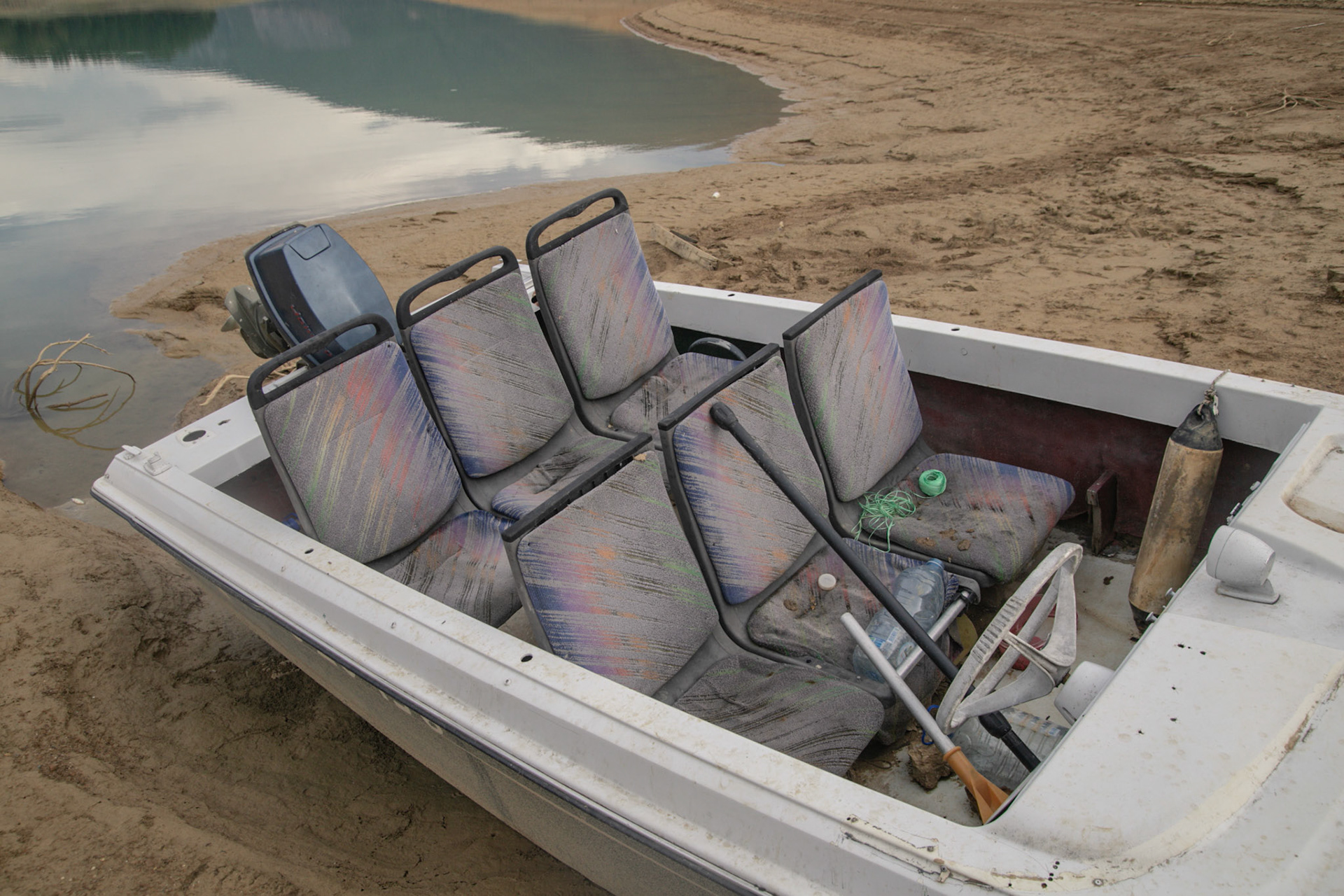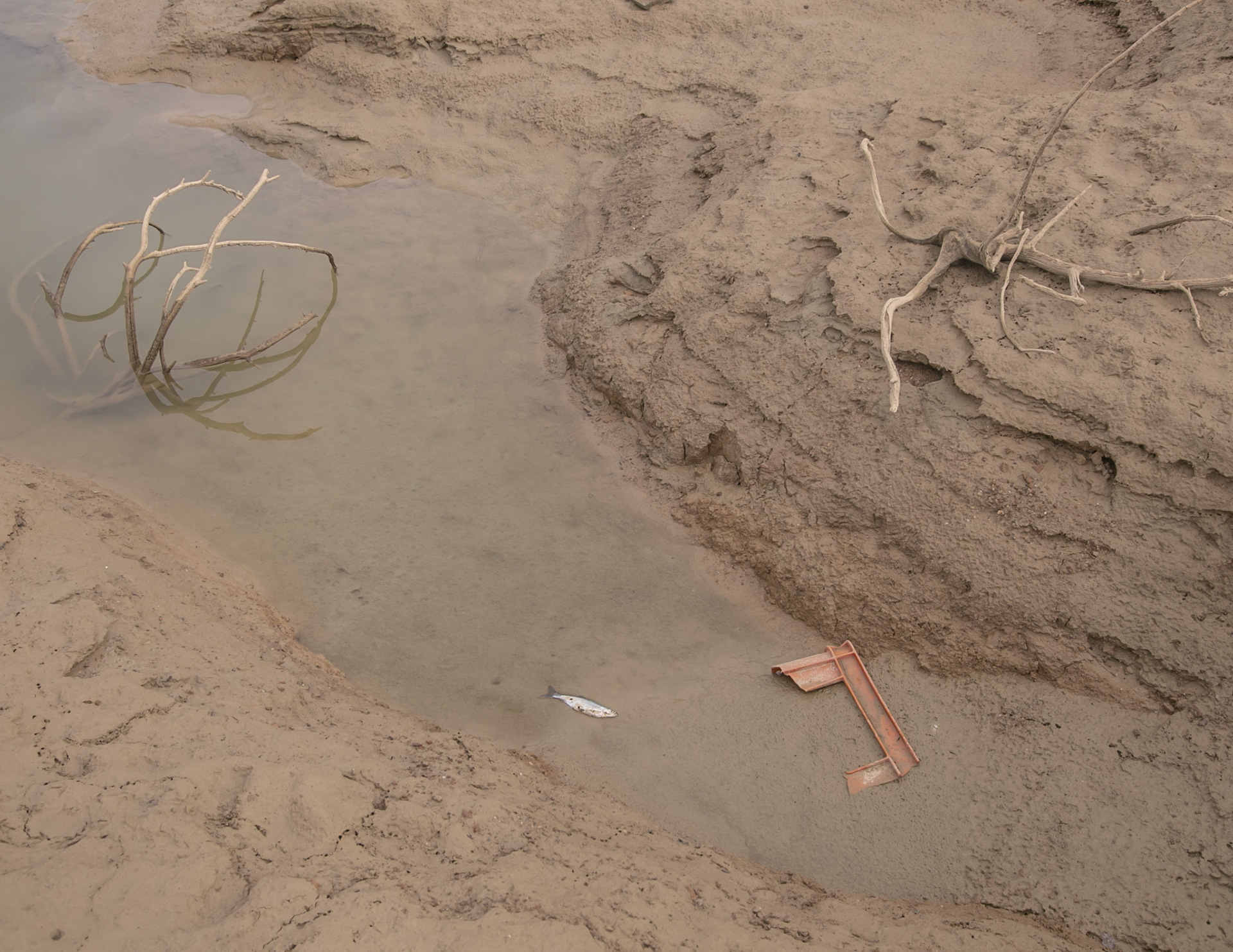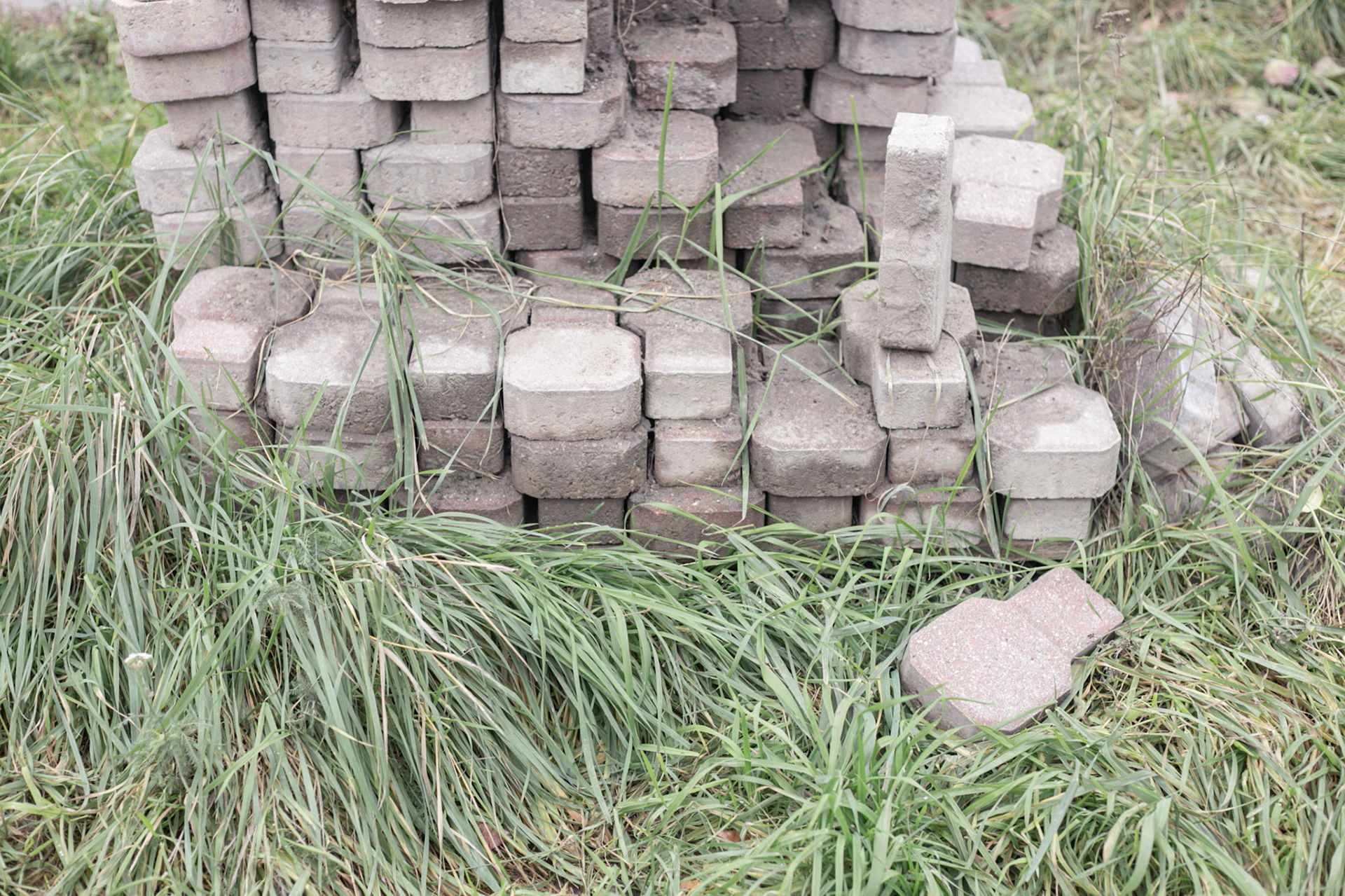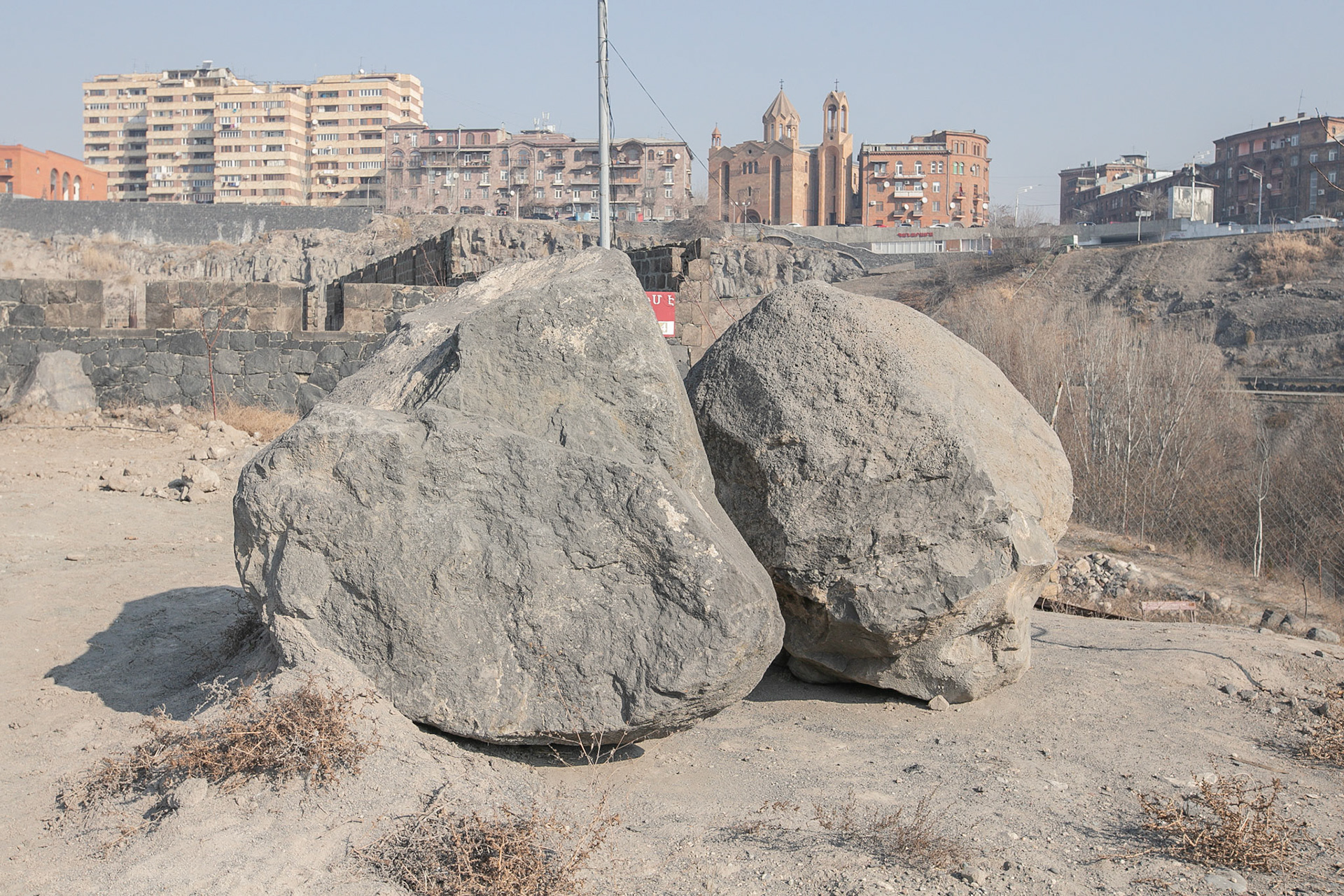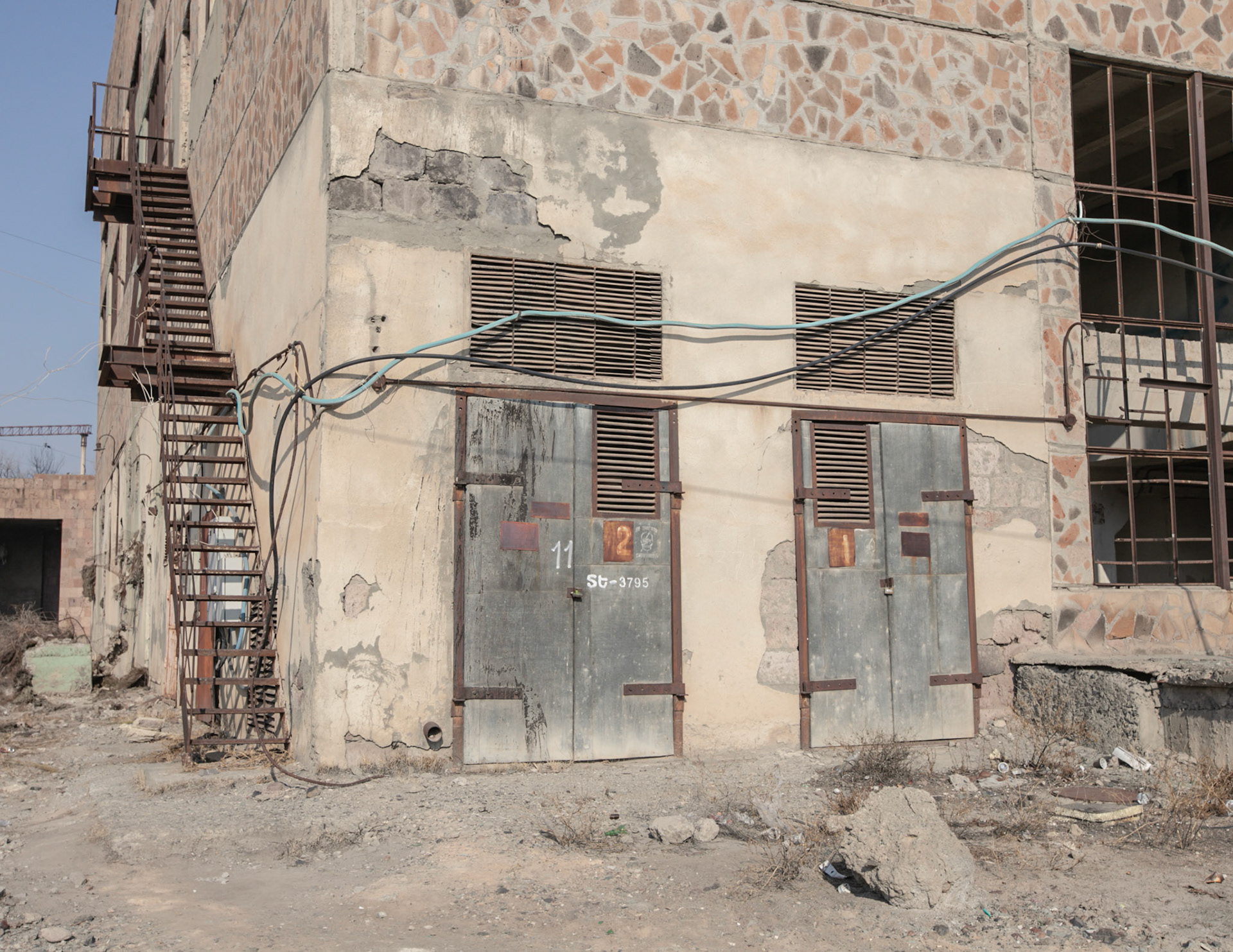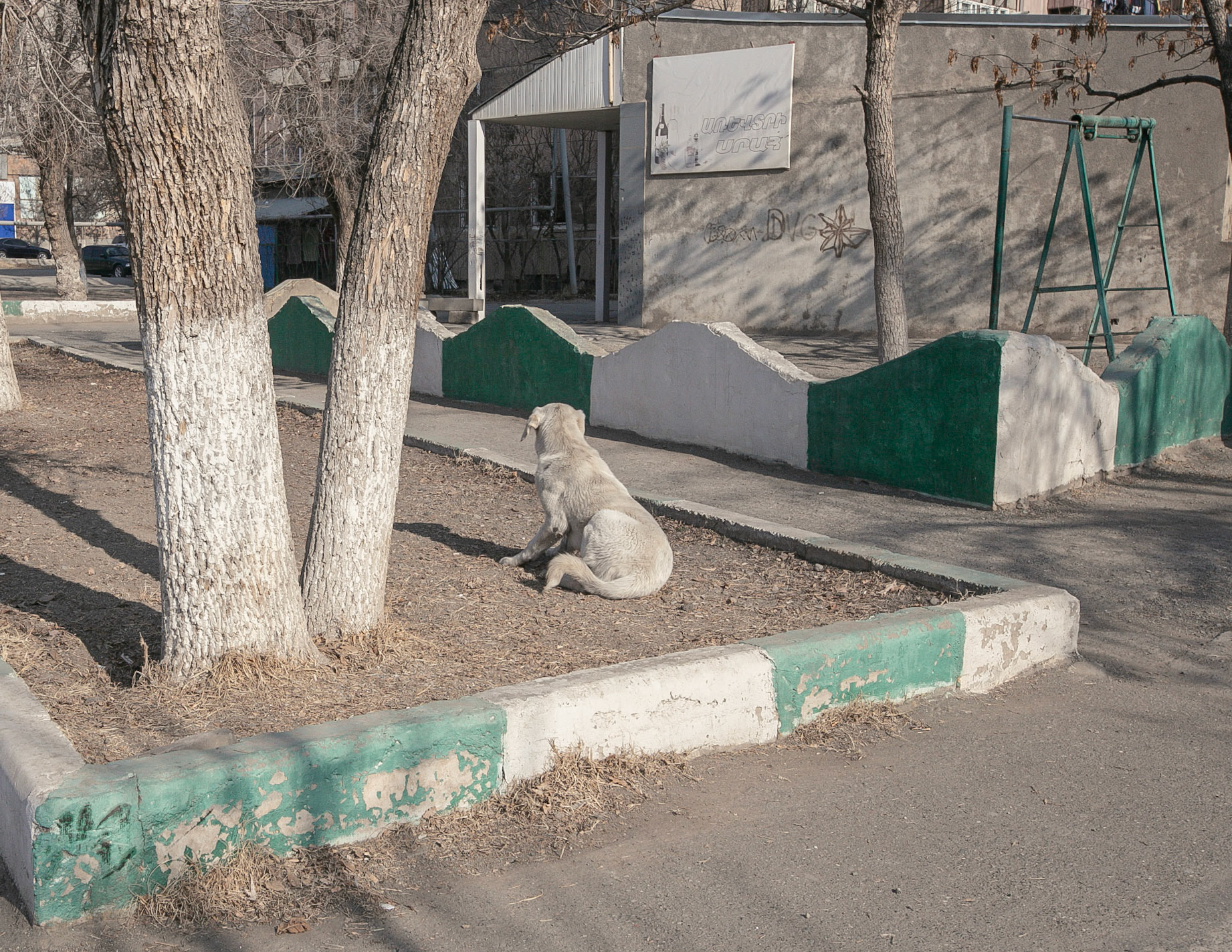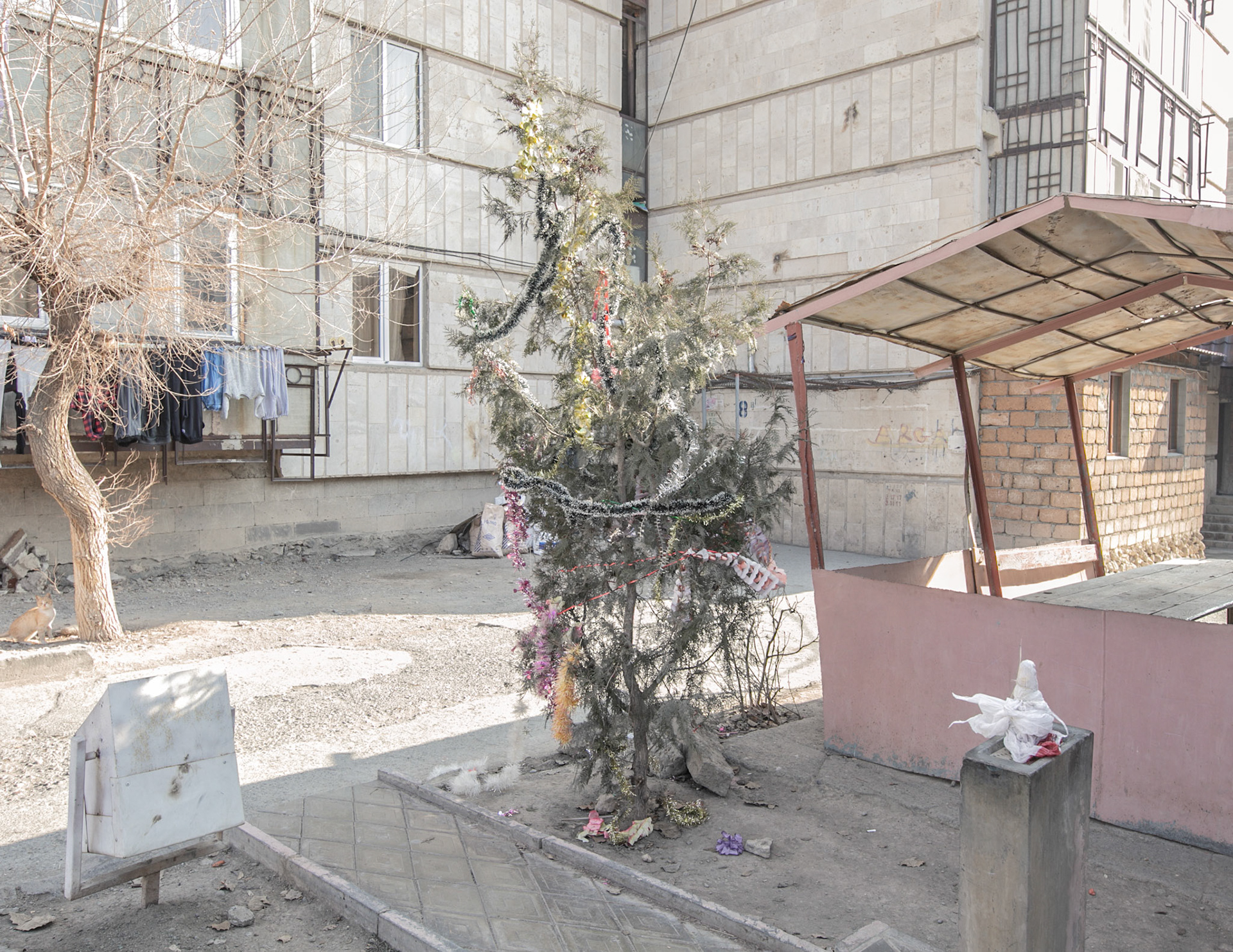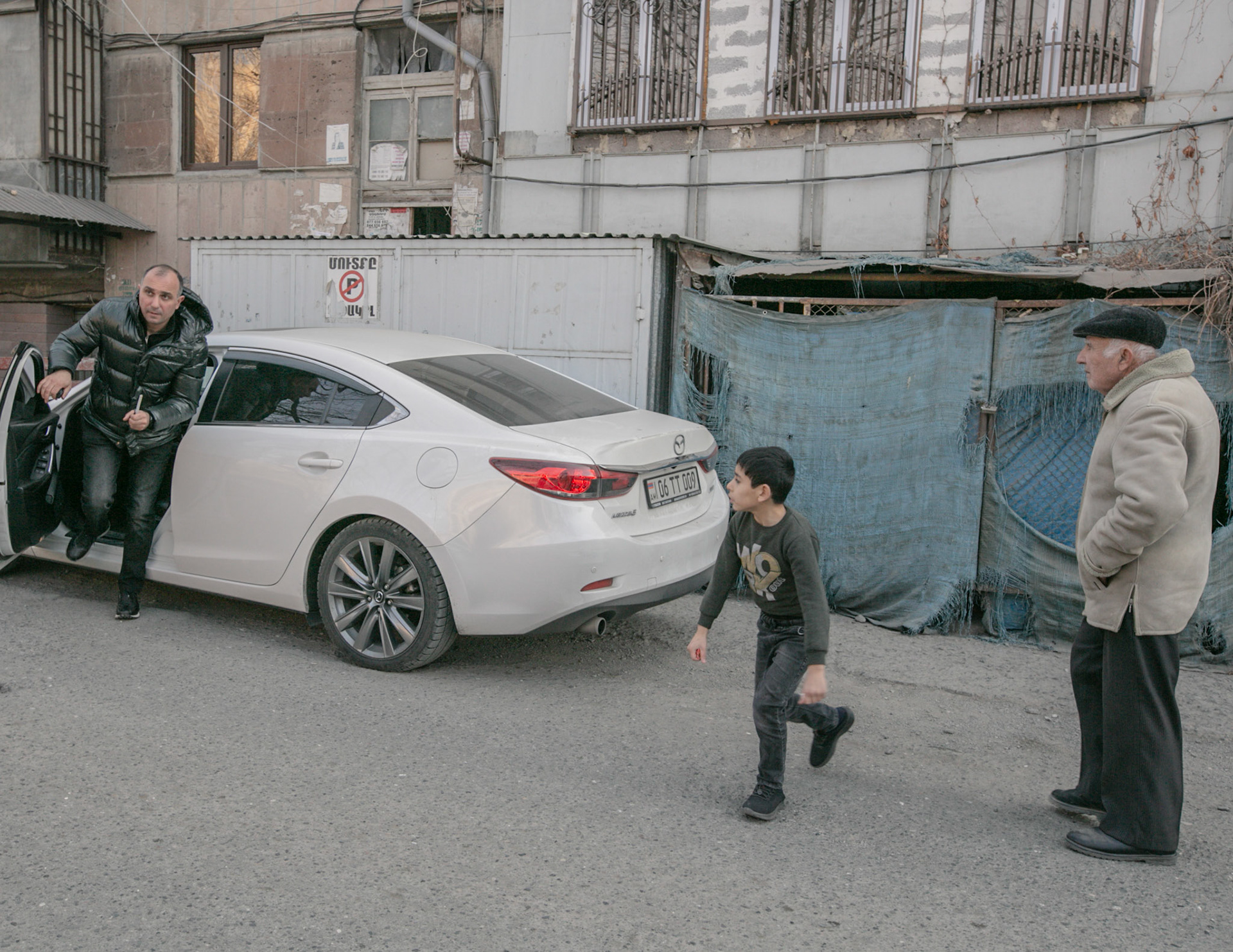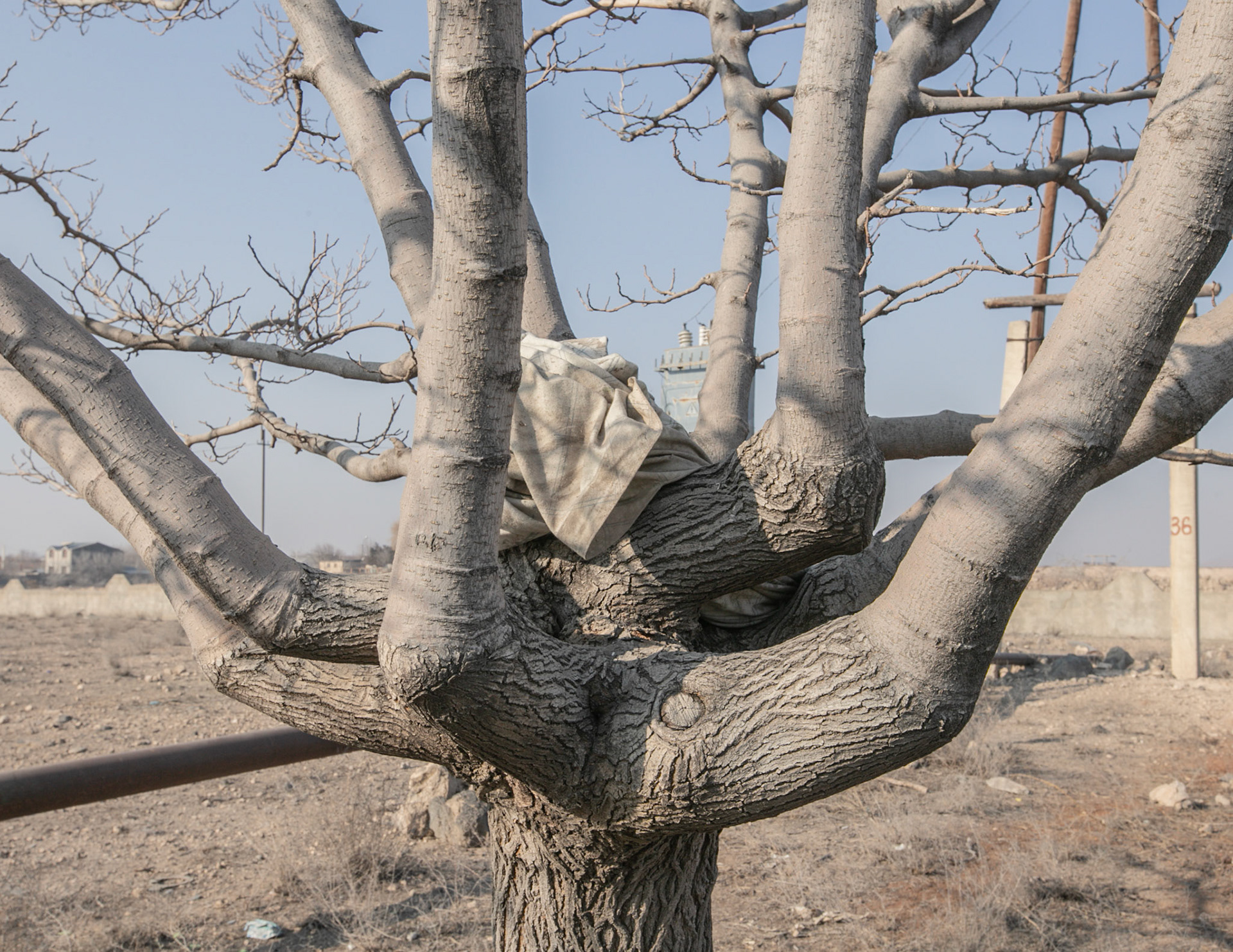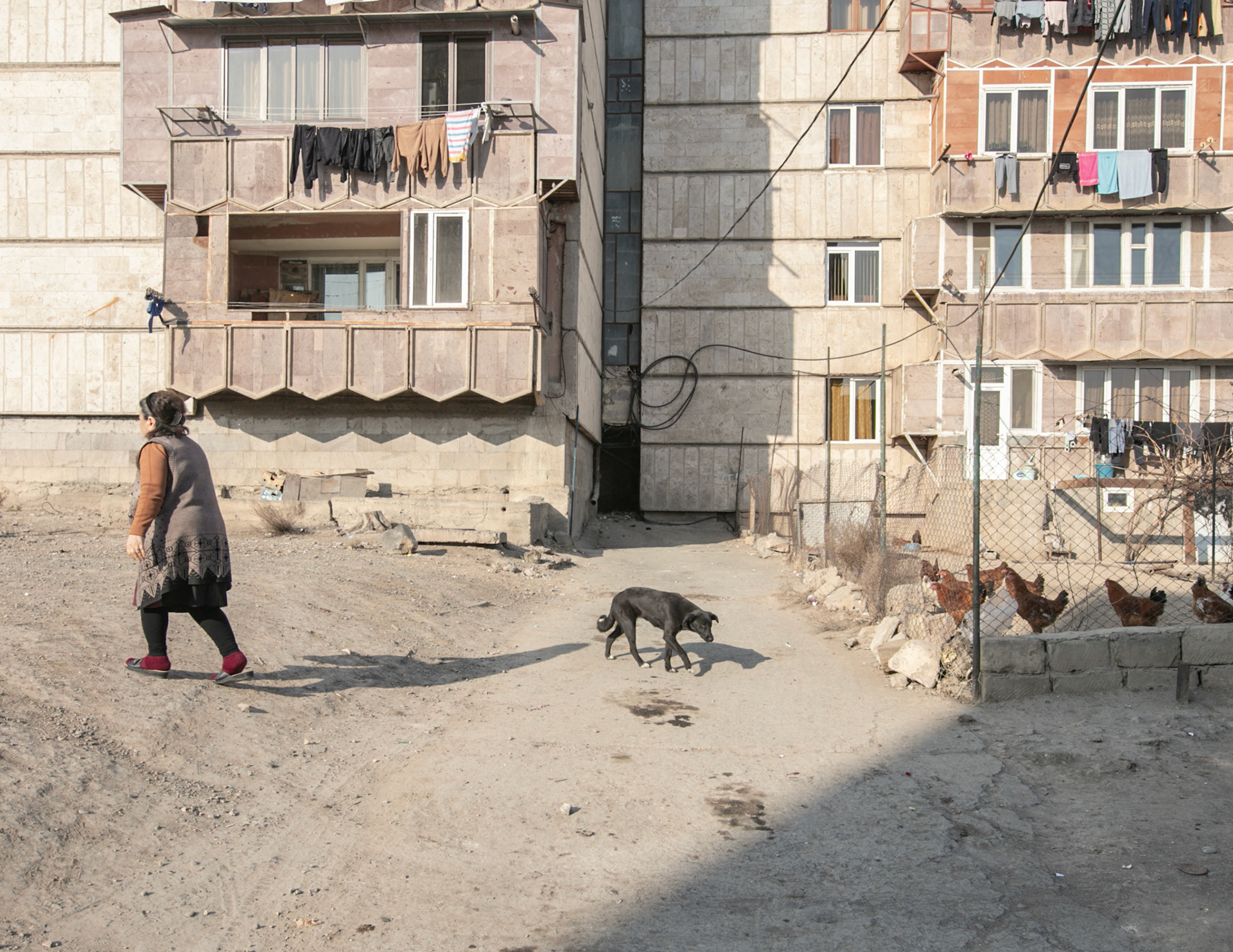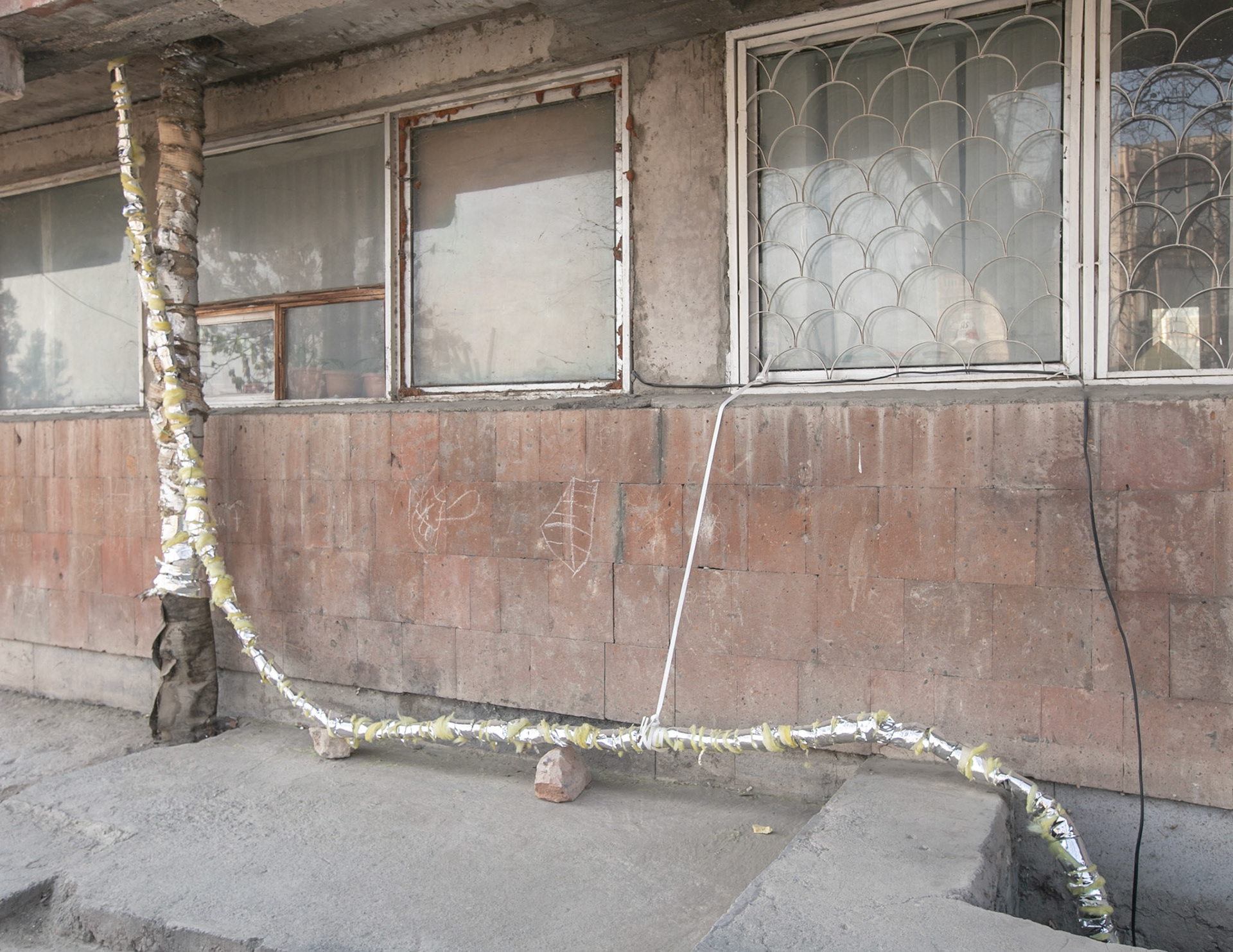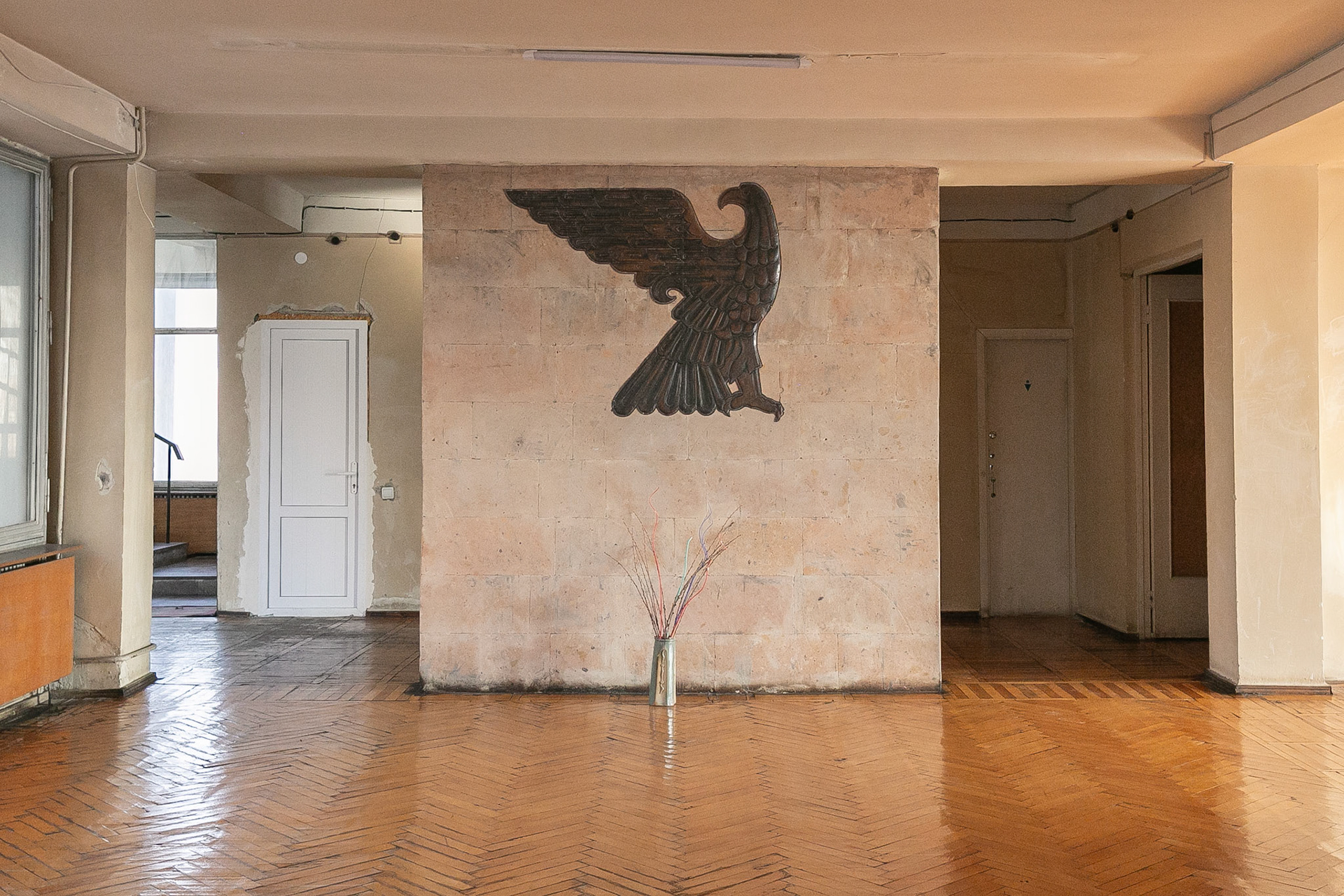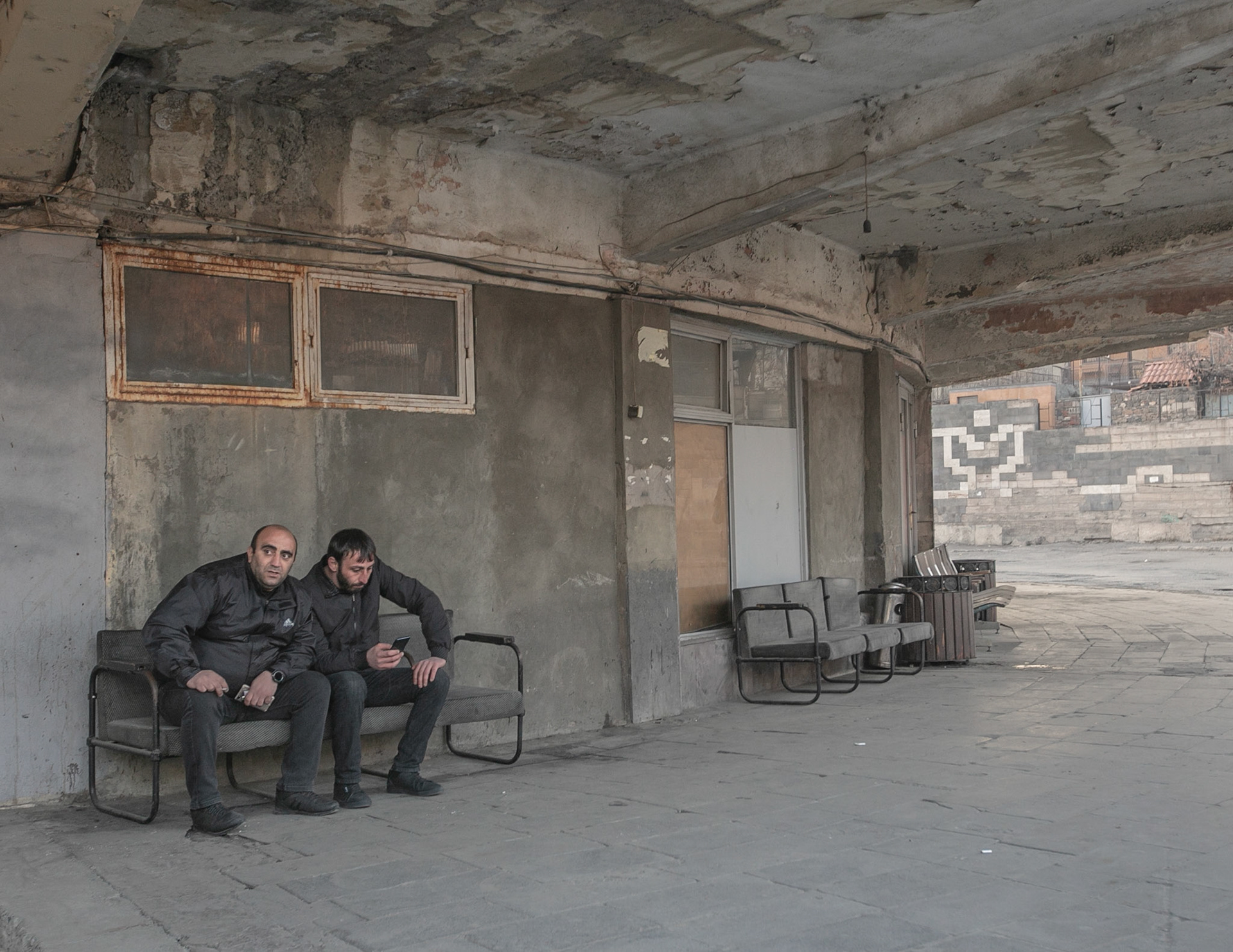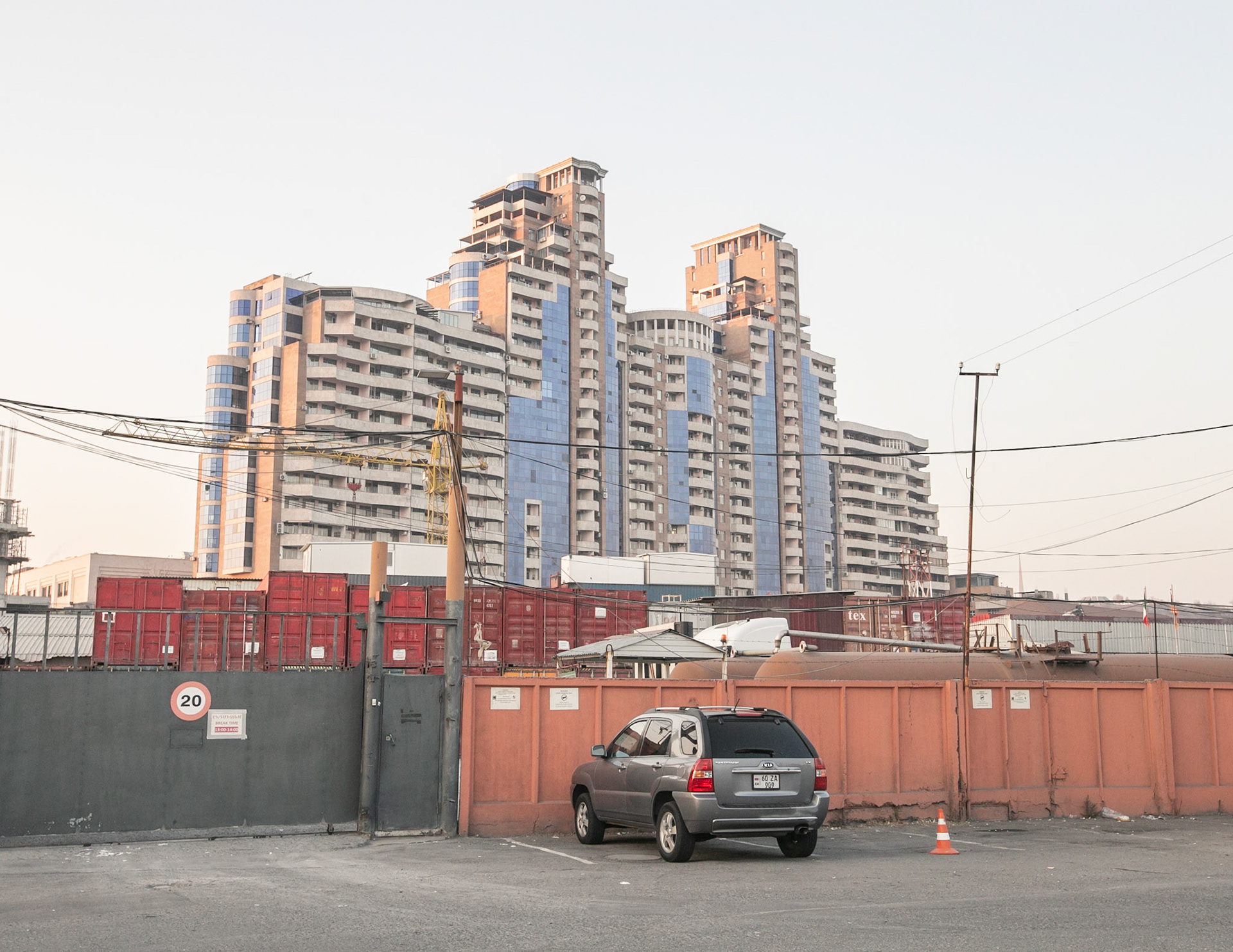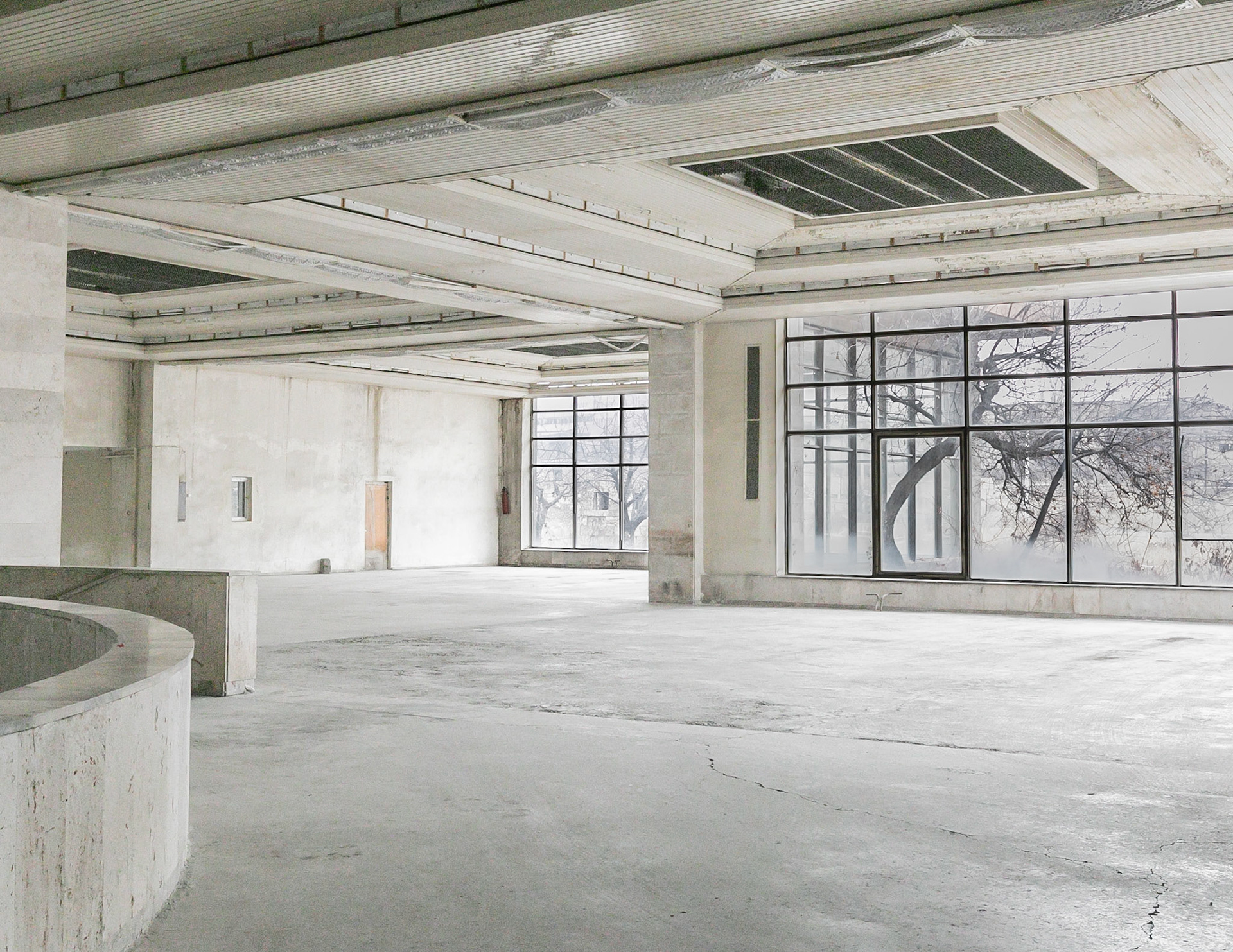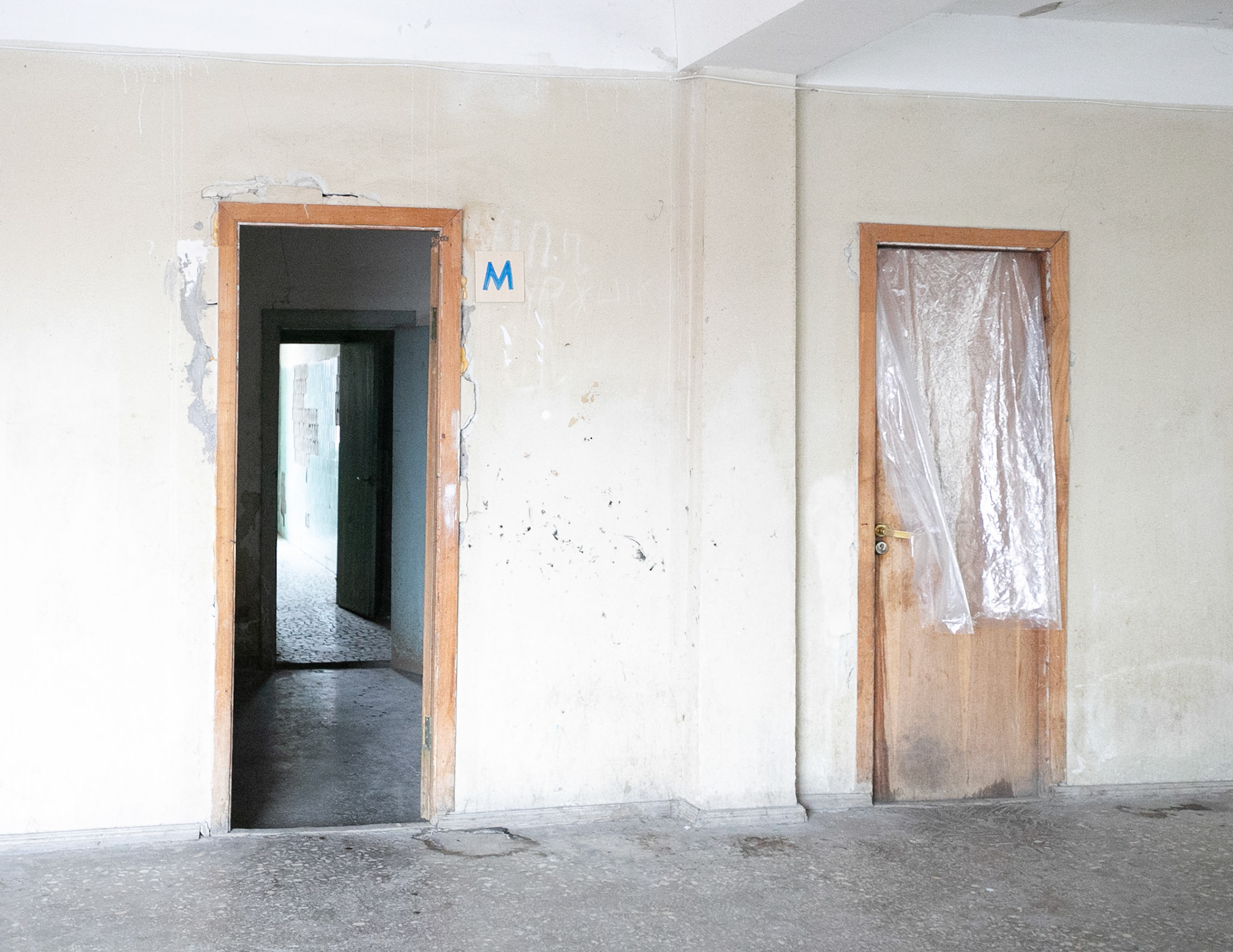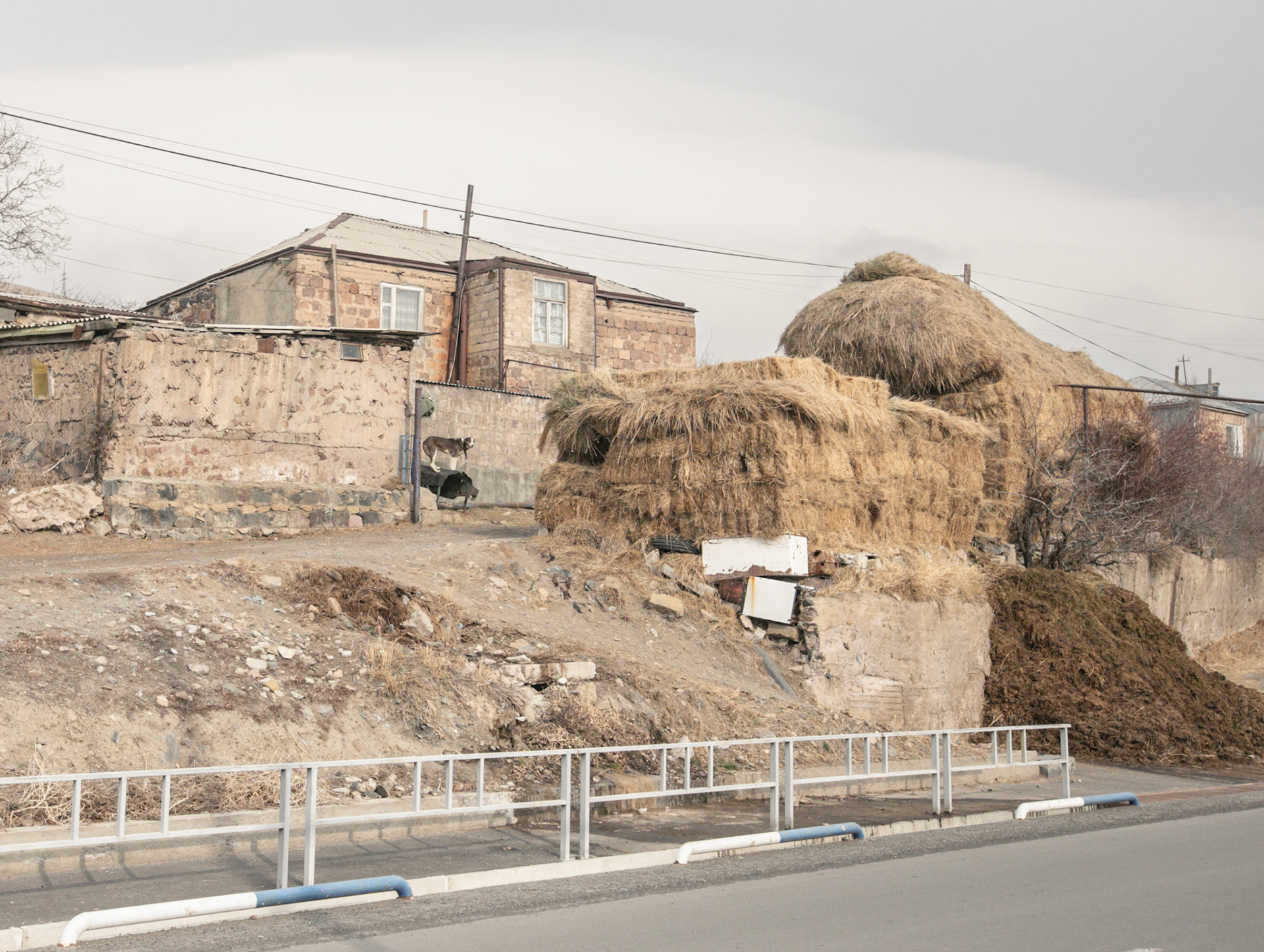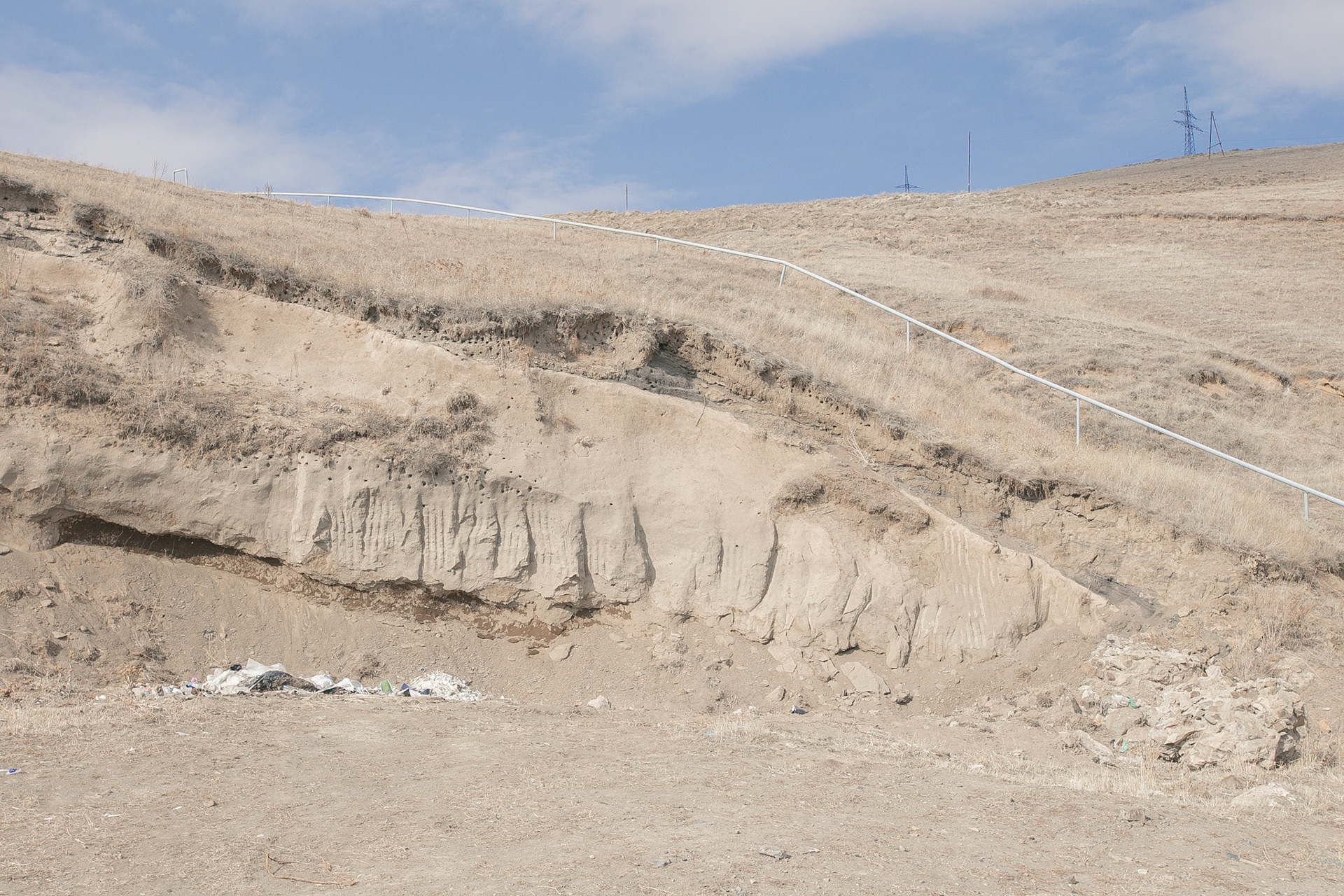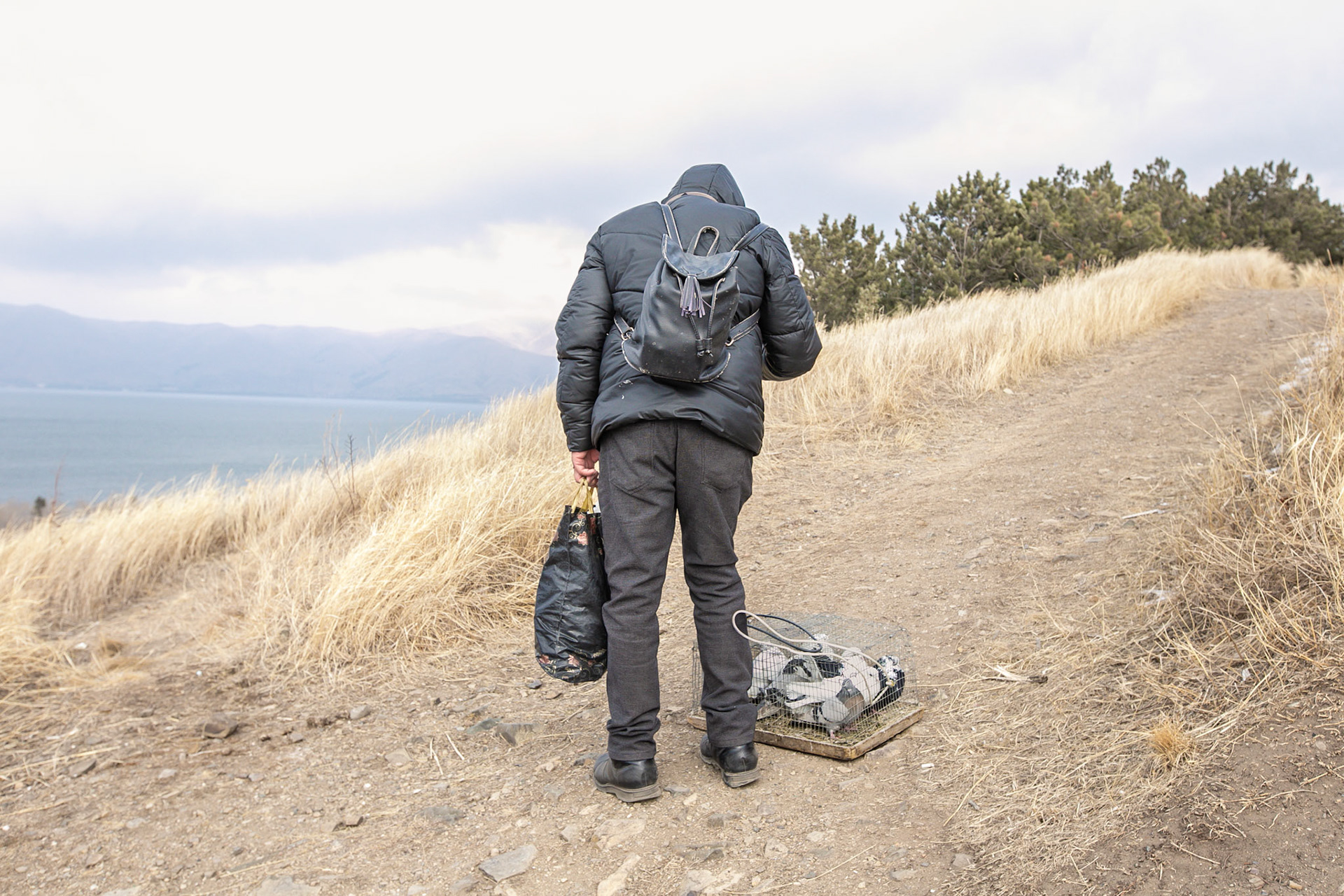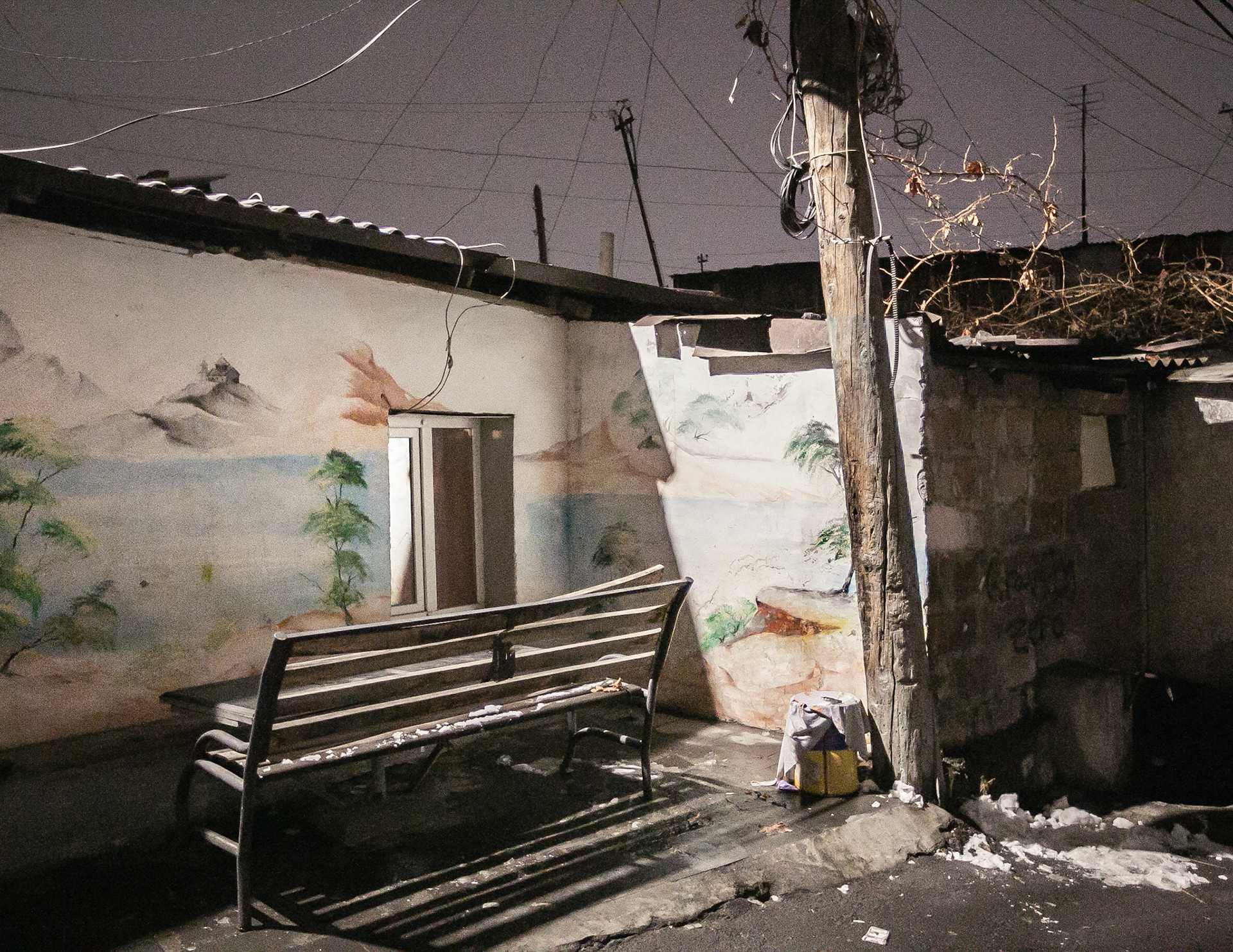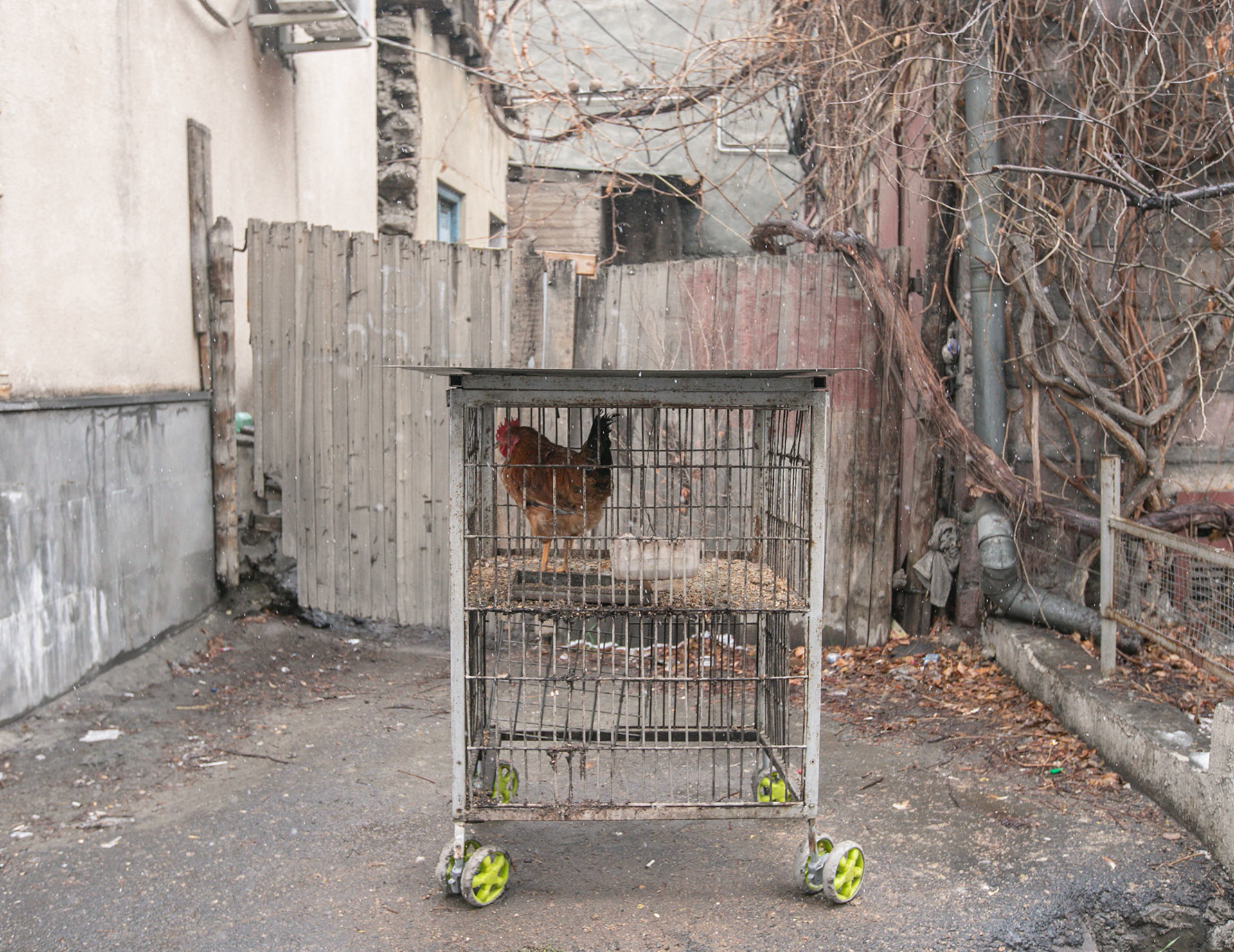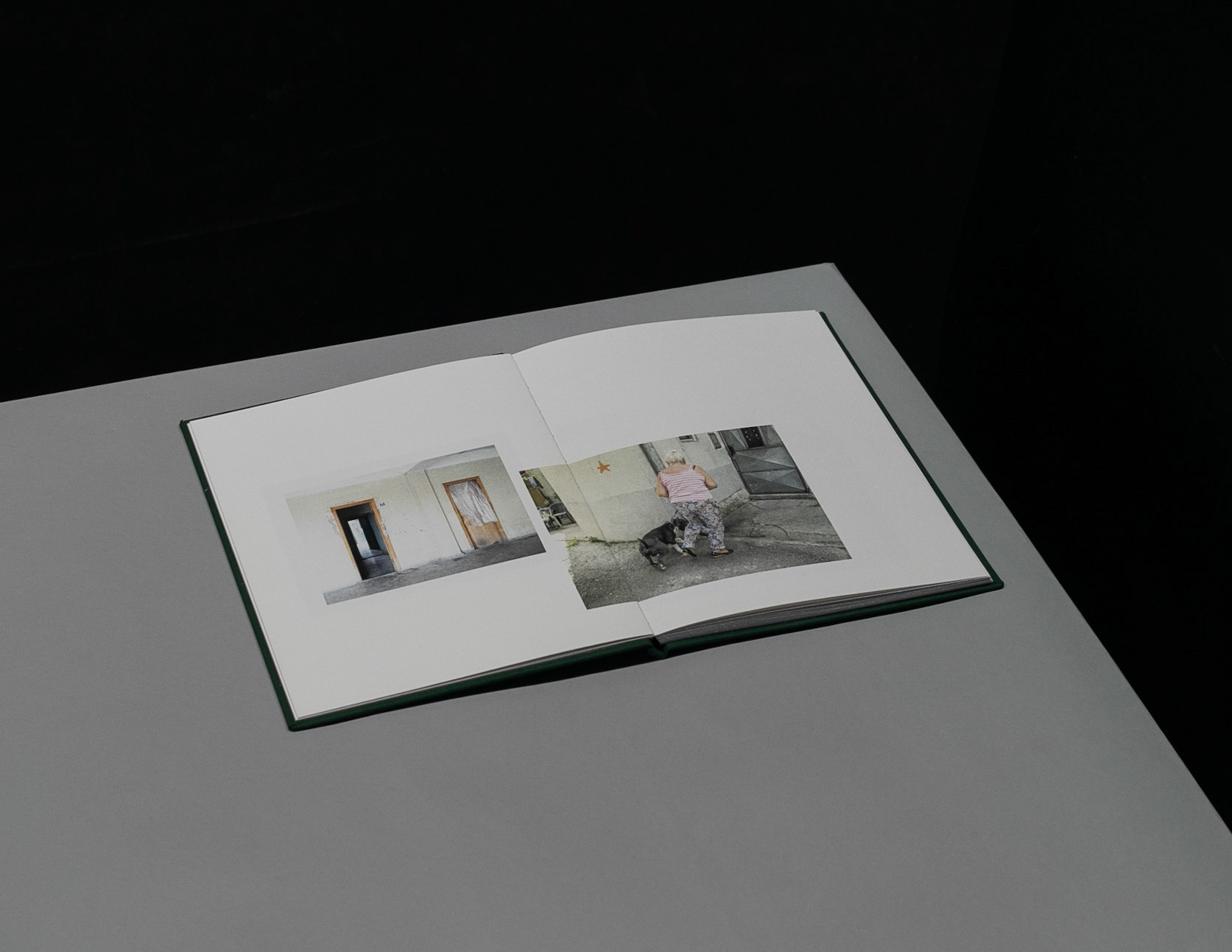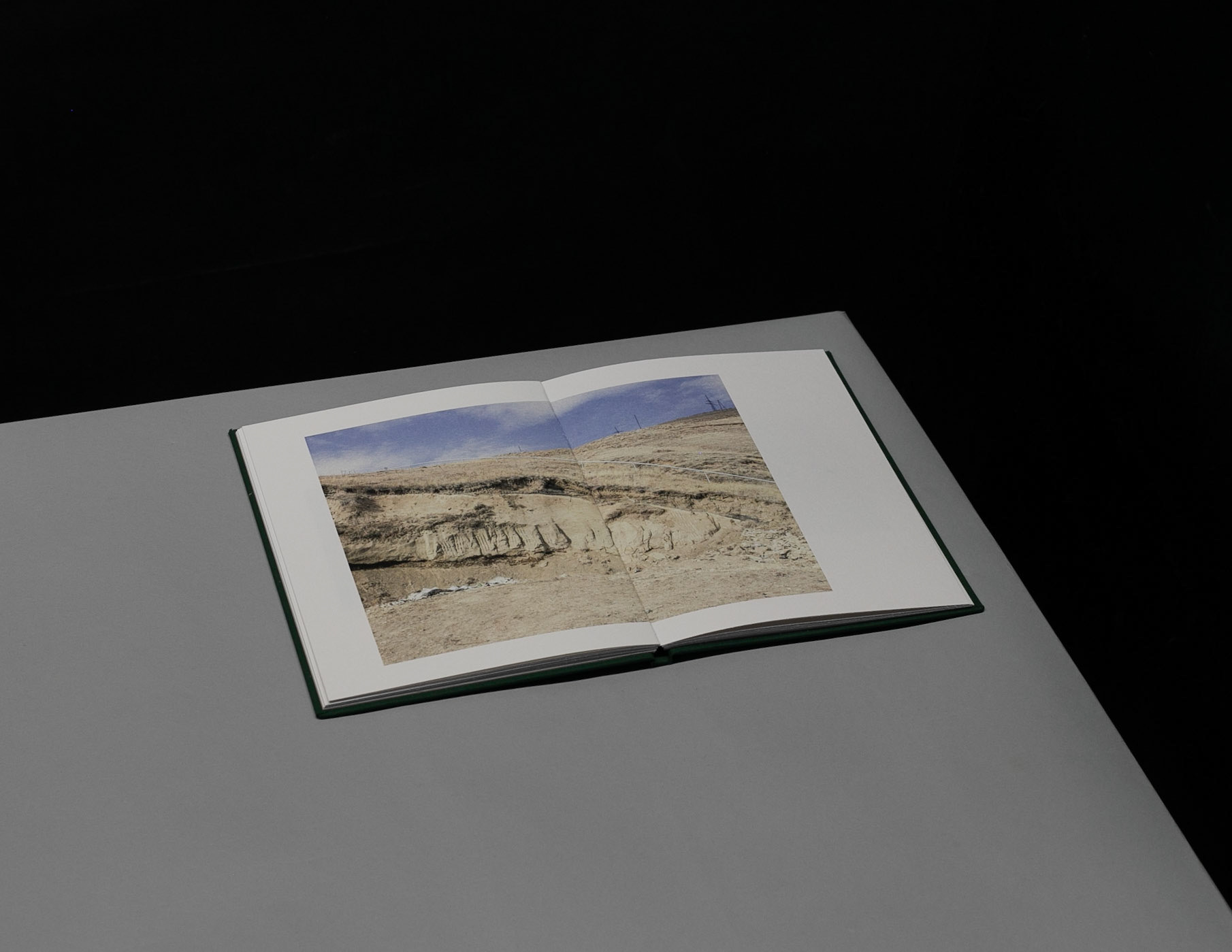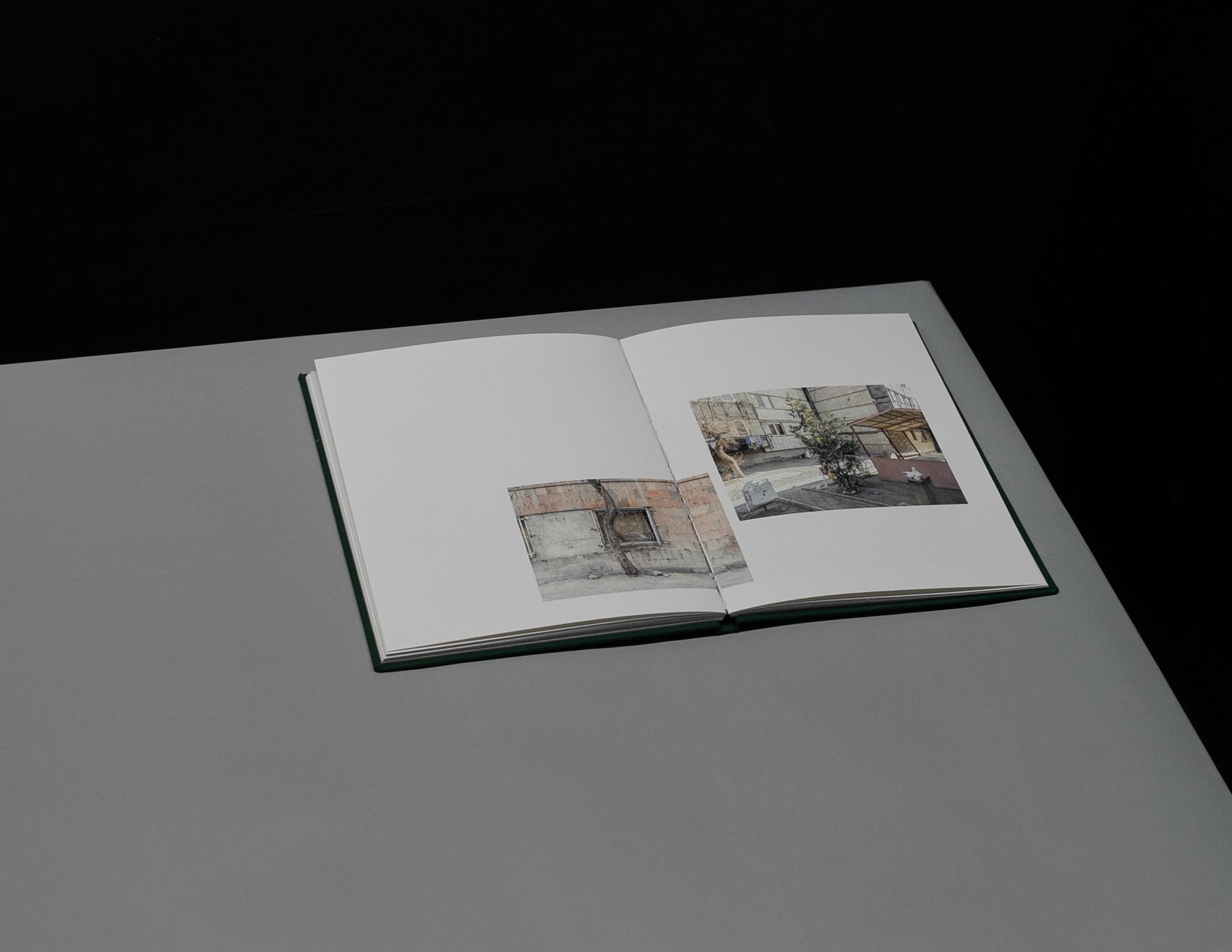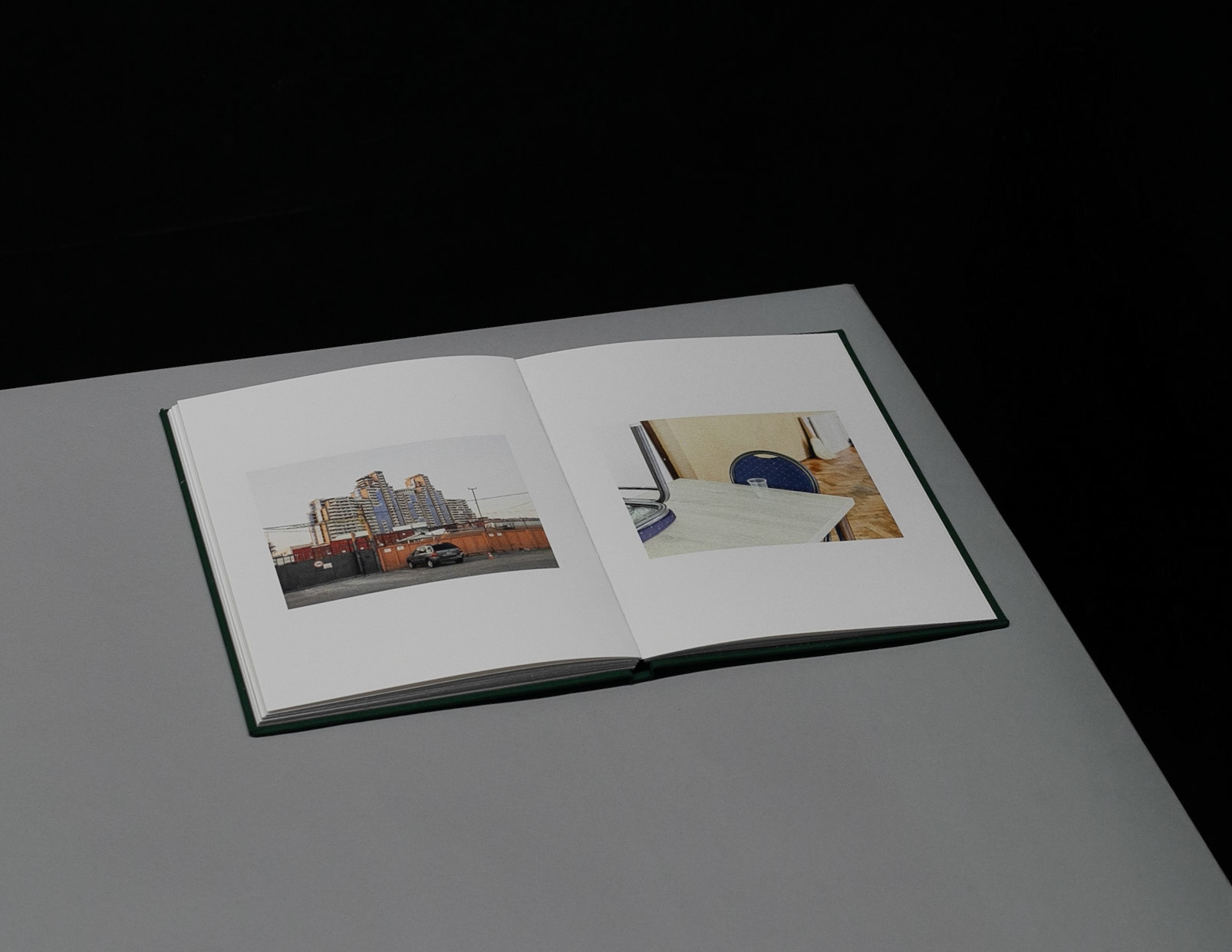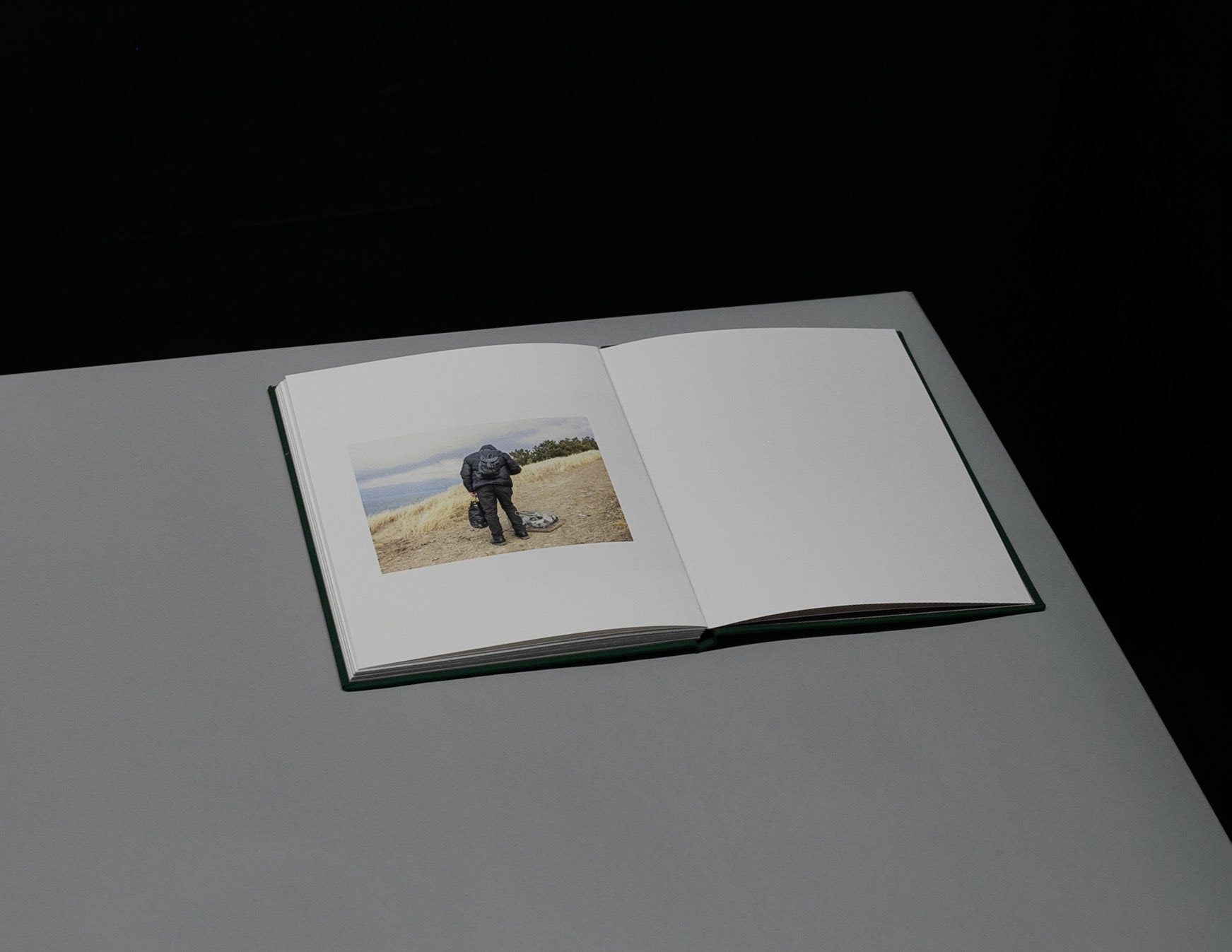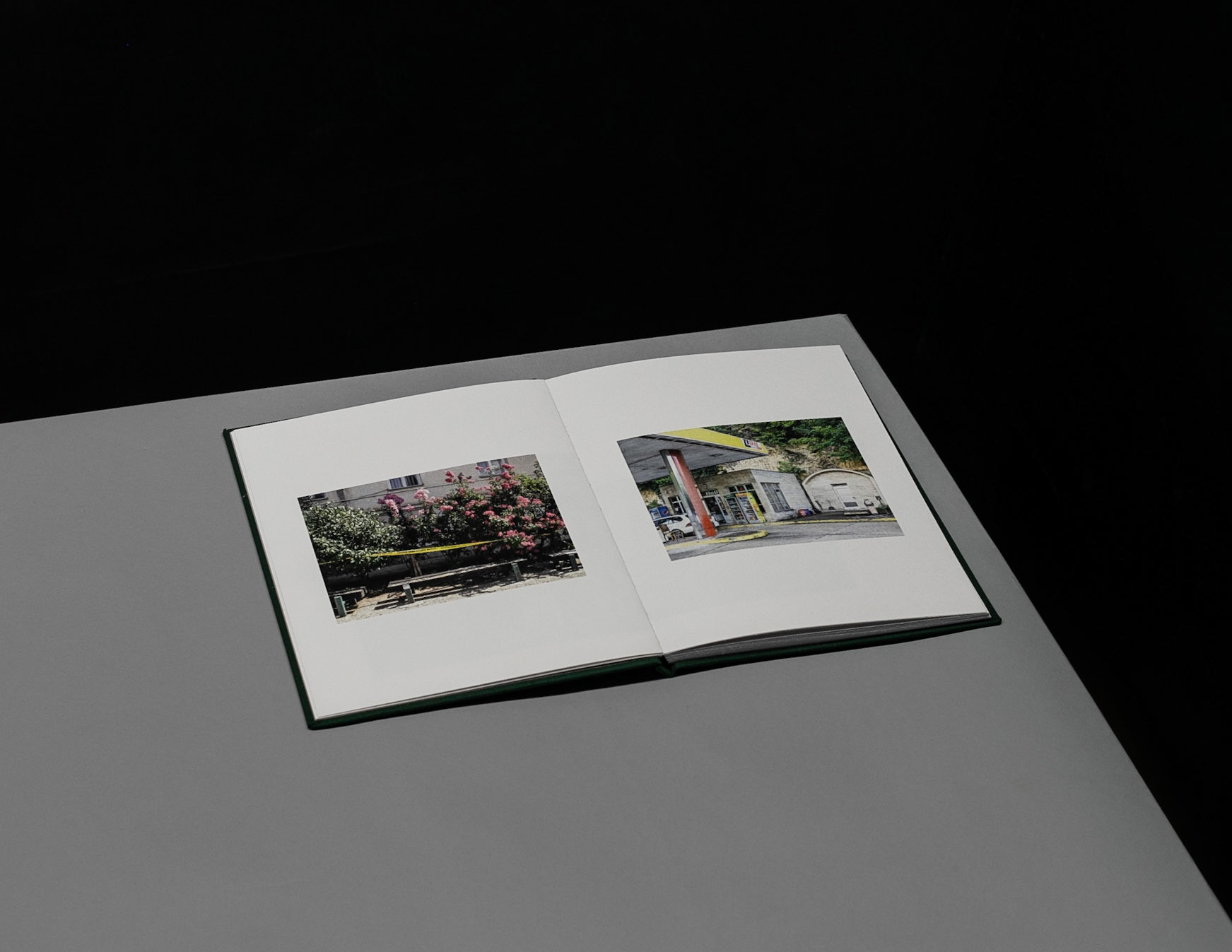The Balkans and Caucasus had been considered a battleground of imperial powers for most of the 19th and 20th centuries. Despite being considered unnecessary and confused by their powerful neighbors, the small nations of these regions have developed distinct mentalities and national myths. They have achieved this by "othering" themselves while simultaneously absorbing elements of the dominant culture. This has allowed them to persist even in the face of disregard amidst pervasive coercion, sometimes verging on genocide.
The fragments of social oppression embedded in the cultural and semiotic codes of these people form layers, much like sediment. These layers are further supplemented and altered by the dynamics of post-socialist transition. The people in these countries find themselves on the periphery of a newly formed international system, following decades of belonging to growing industrial economies. This transition is characterized by a complex interplay of dynamics, where the structural categories imposed by centuries of development intertwine with the new system and exert influence on one another.
By building a narrative around the intermeshing of dynamic elements with static symbols and objects, this book aims to guide the reader towards an intentionality of the social context present in the case countries. It tries to reconstruct the circumstances of the post-socialist transition in countries that had struggled for centuries to politically impose their lifeworlds.
The fragments of social oppression embedded in the cultural and semiotic codes of these people form layers, much like sediment. These layers are further supplemented and altered by the dynamics of post-socialist transition. The people in these countries find themselves on the periphery of a newly formed international system, following decades of belonging to growing industrial economies. This transition is characterized by a complex interplay of dynamics, where the structural categories imposed by centuries of development intertwine with the new system and exert influence on one another.
By building a narrative around the intermeshing of dynamic elements with static symbols and objects, this book aims to guide the reader towards an intentionality of the social context present in the case countries. It tries to reconstruct the circumstances of the post-socialist transition in countries that had struggled for centuries to politically impose their lifeworlds.
This project aims to reflect the systematic cultural oppression in Balkan and Caucasus, capturing the everyday landscape, where these symbols are deeply embedded.


